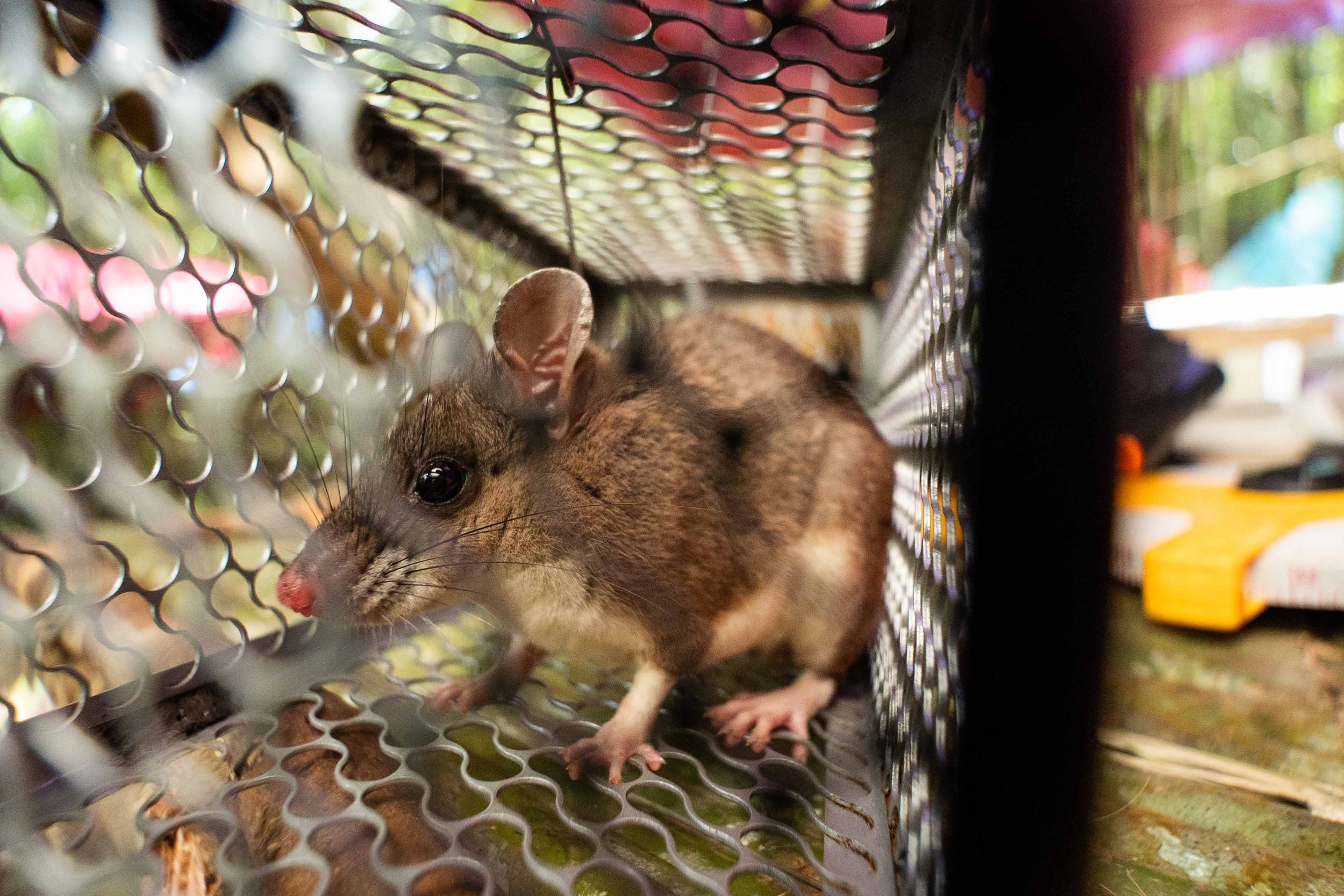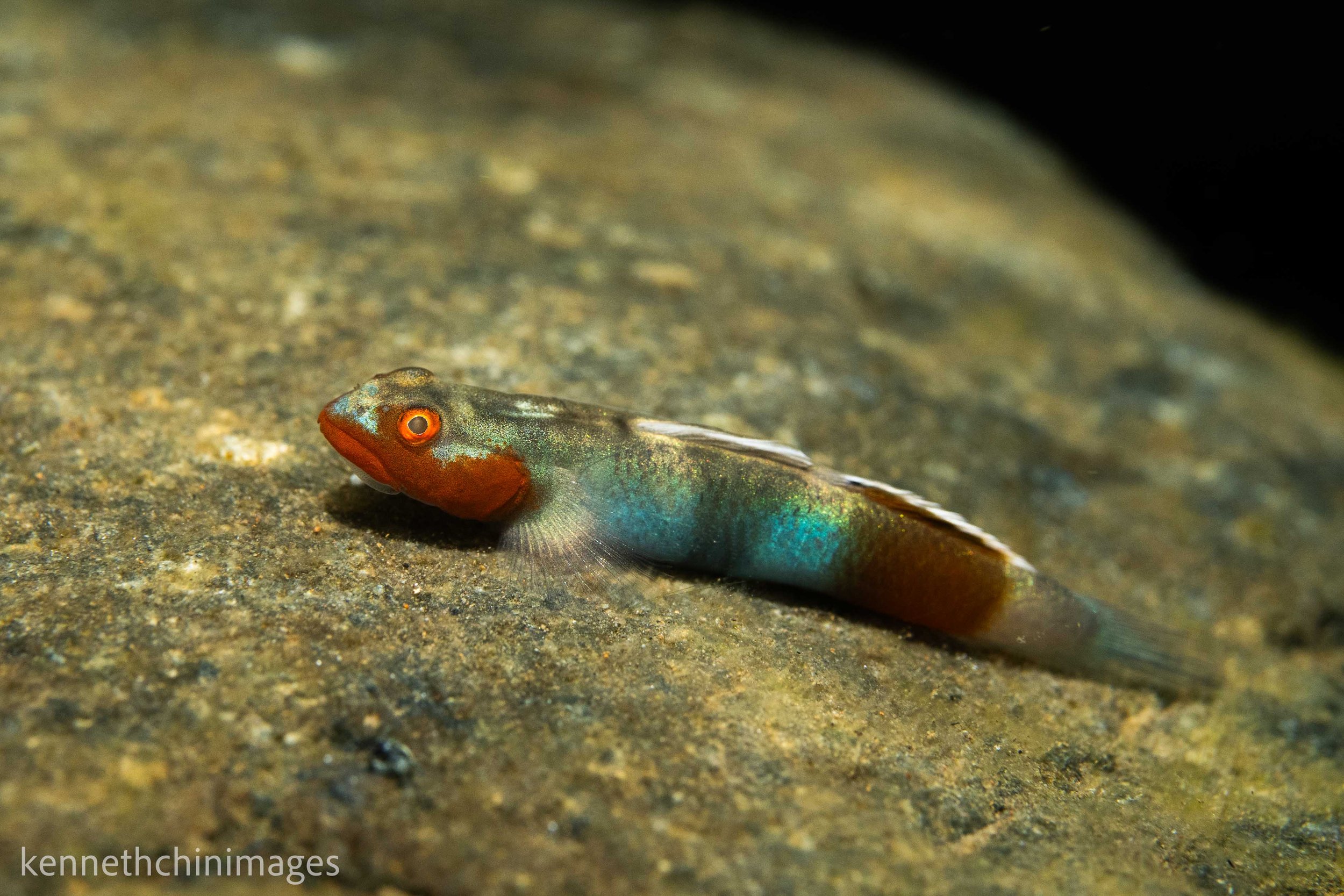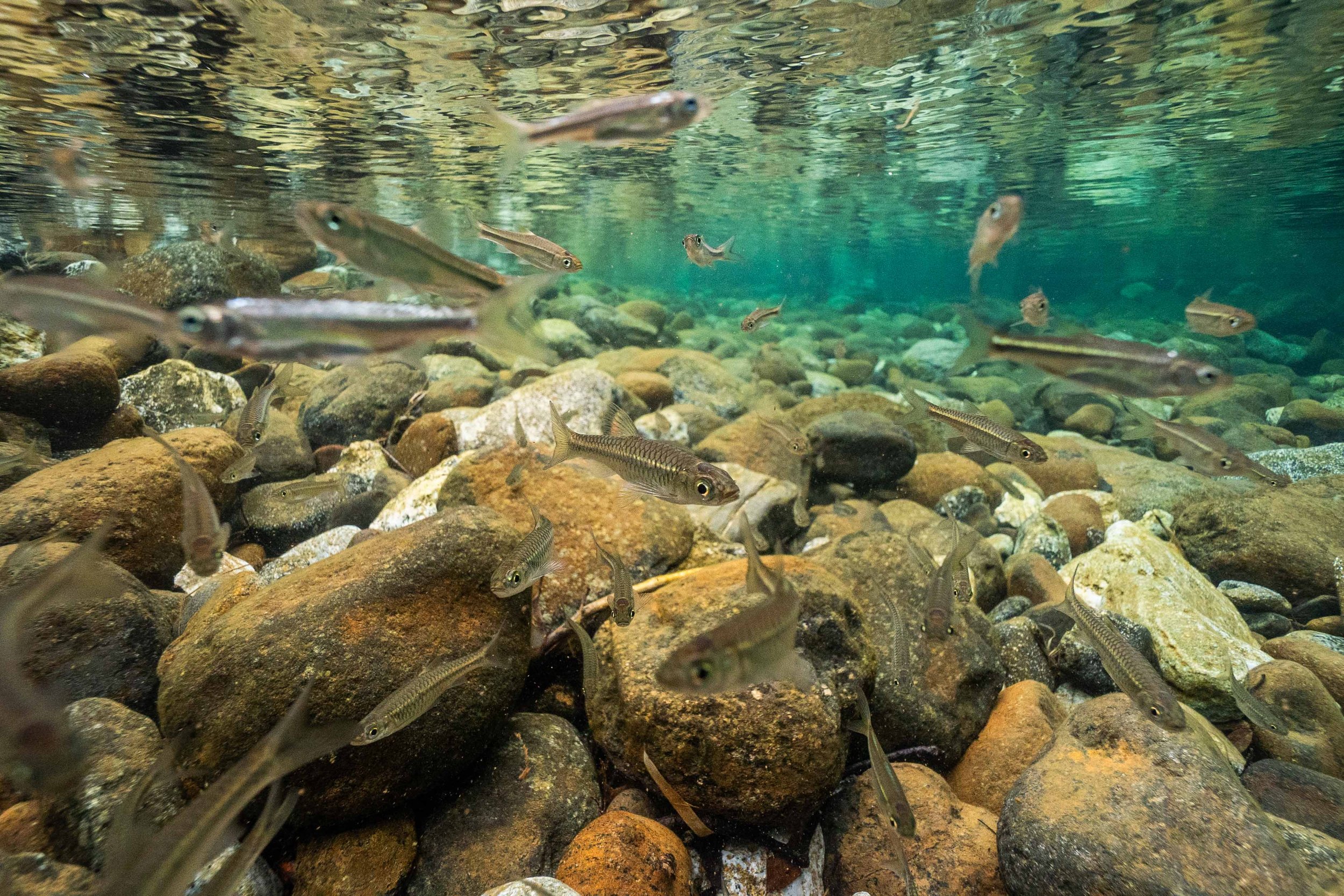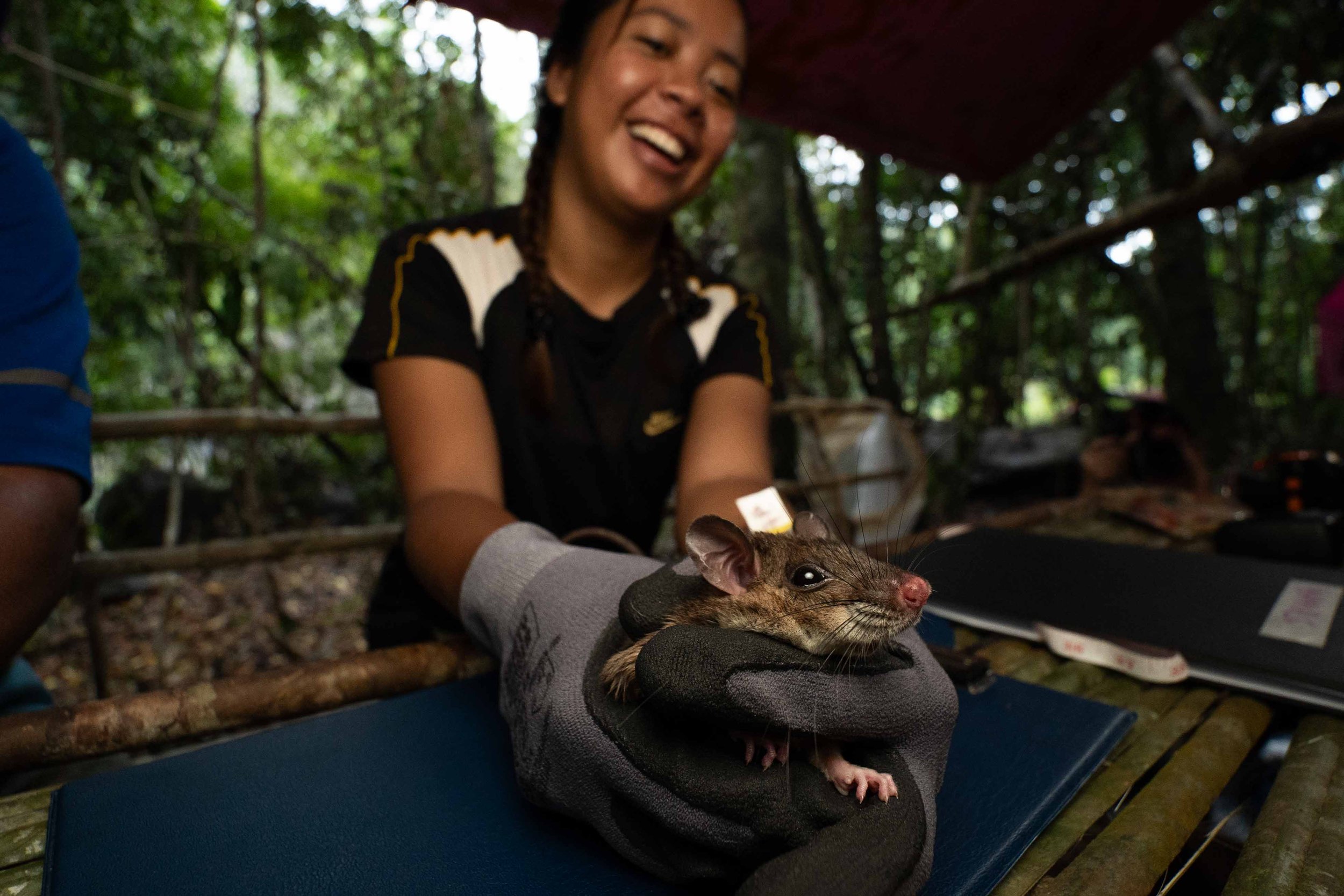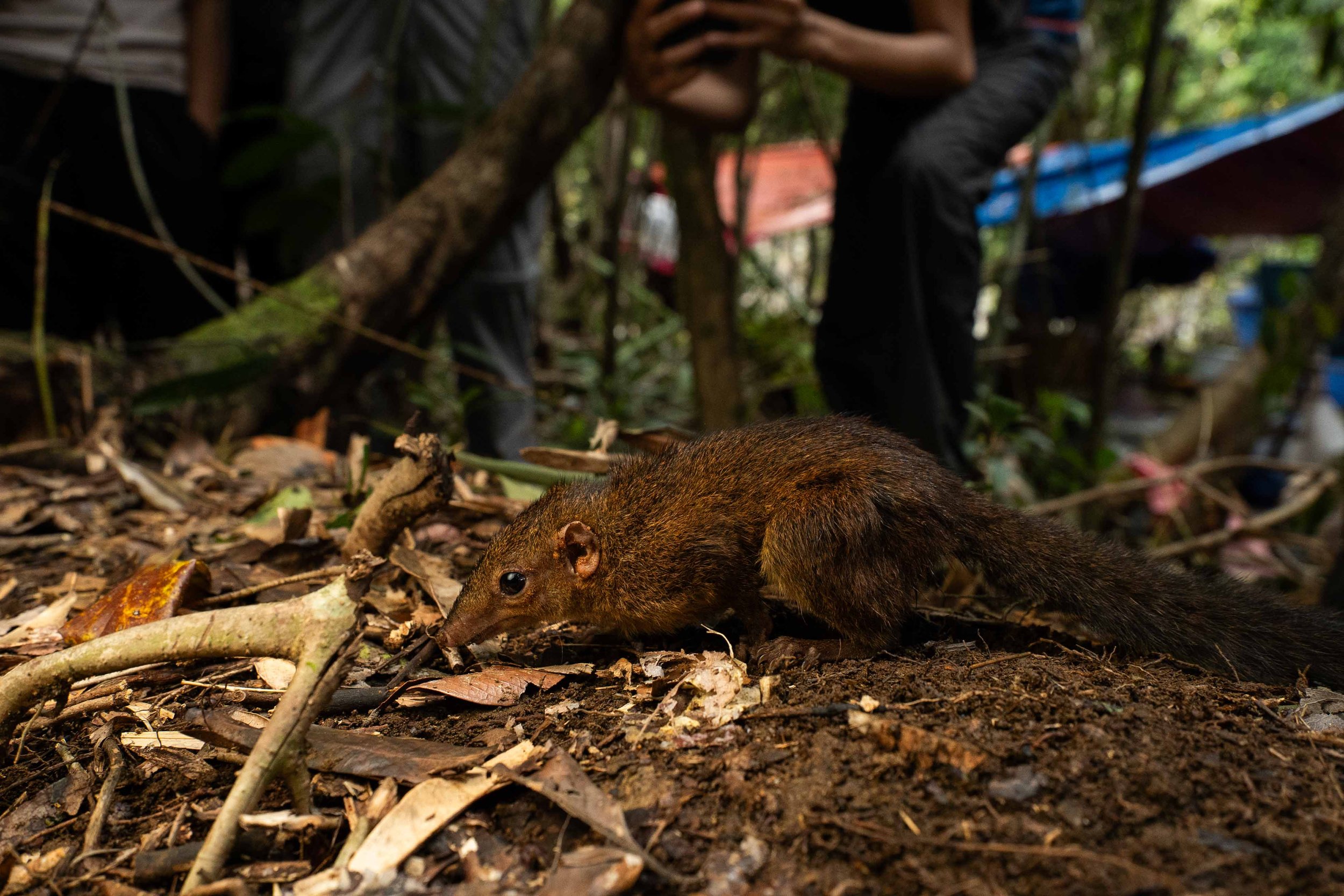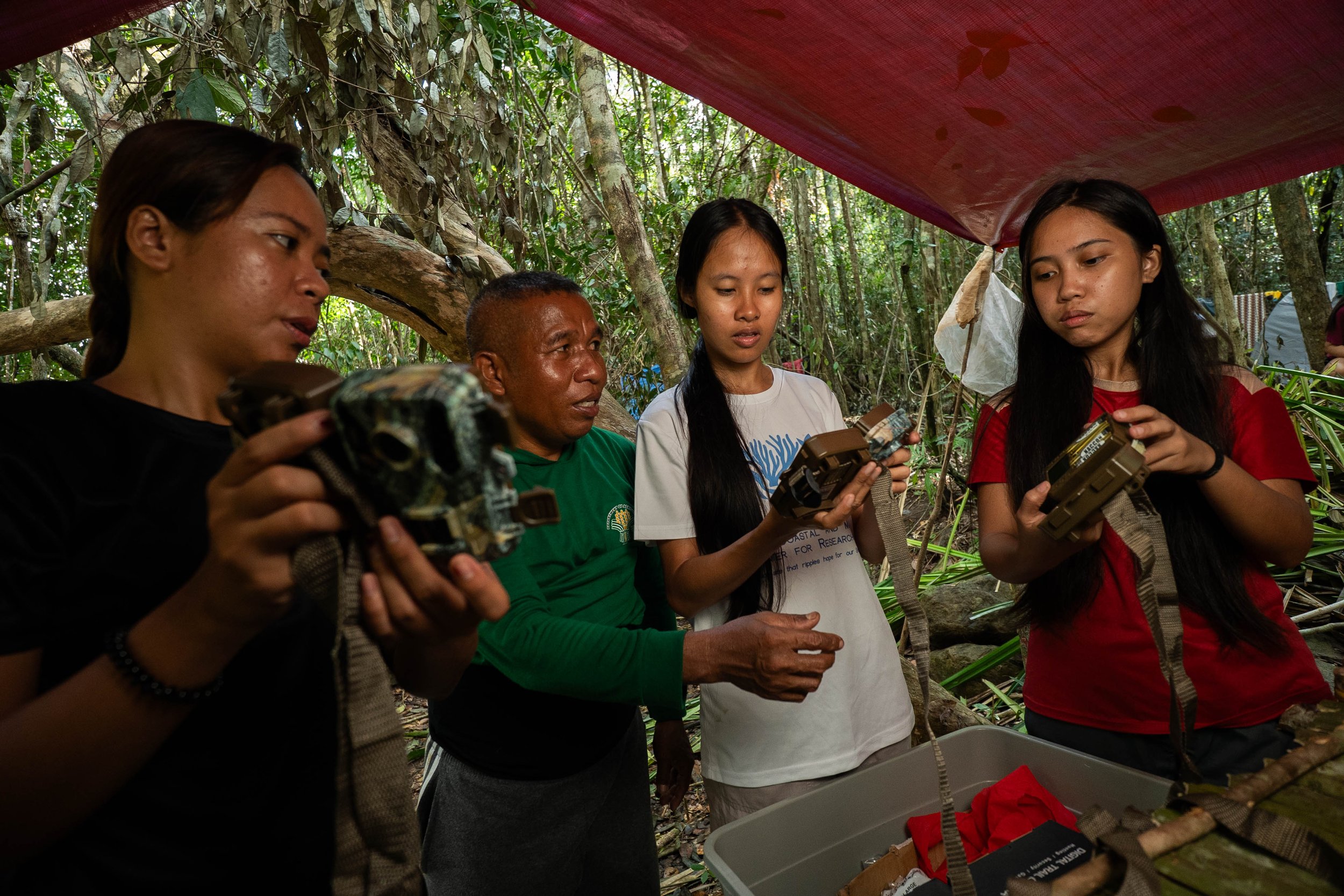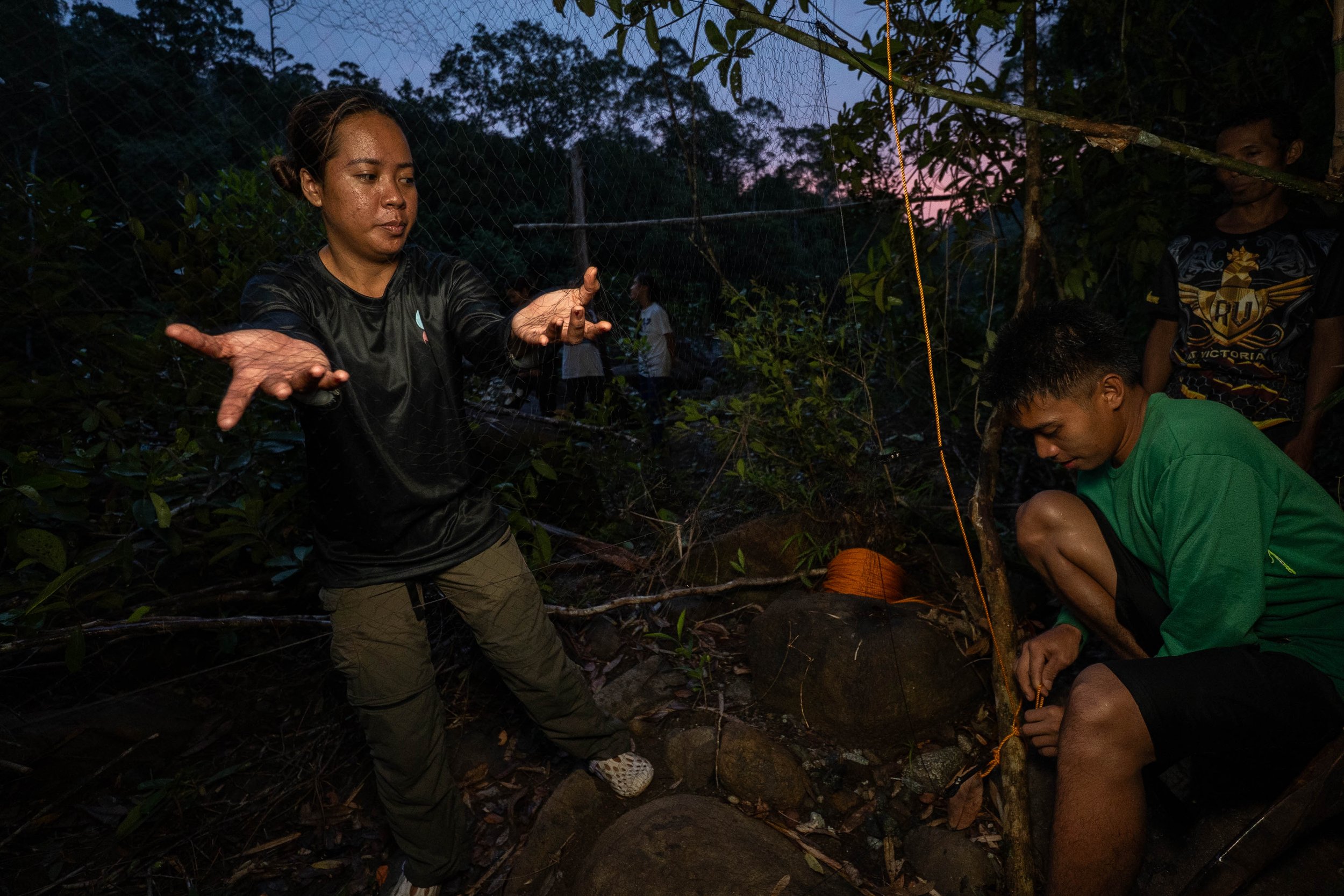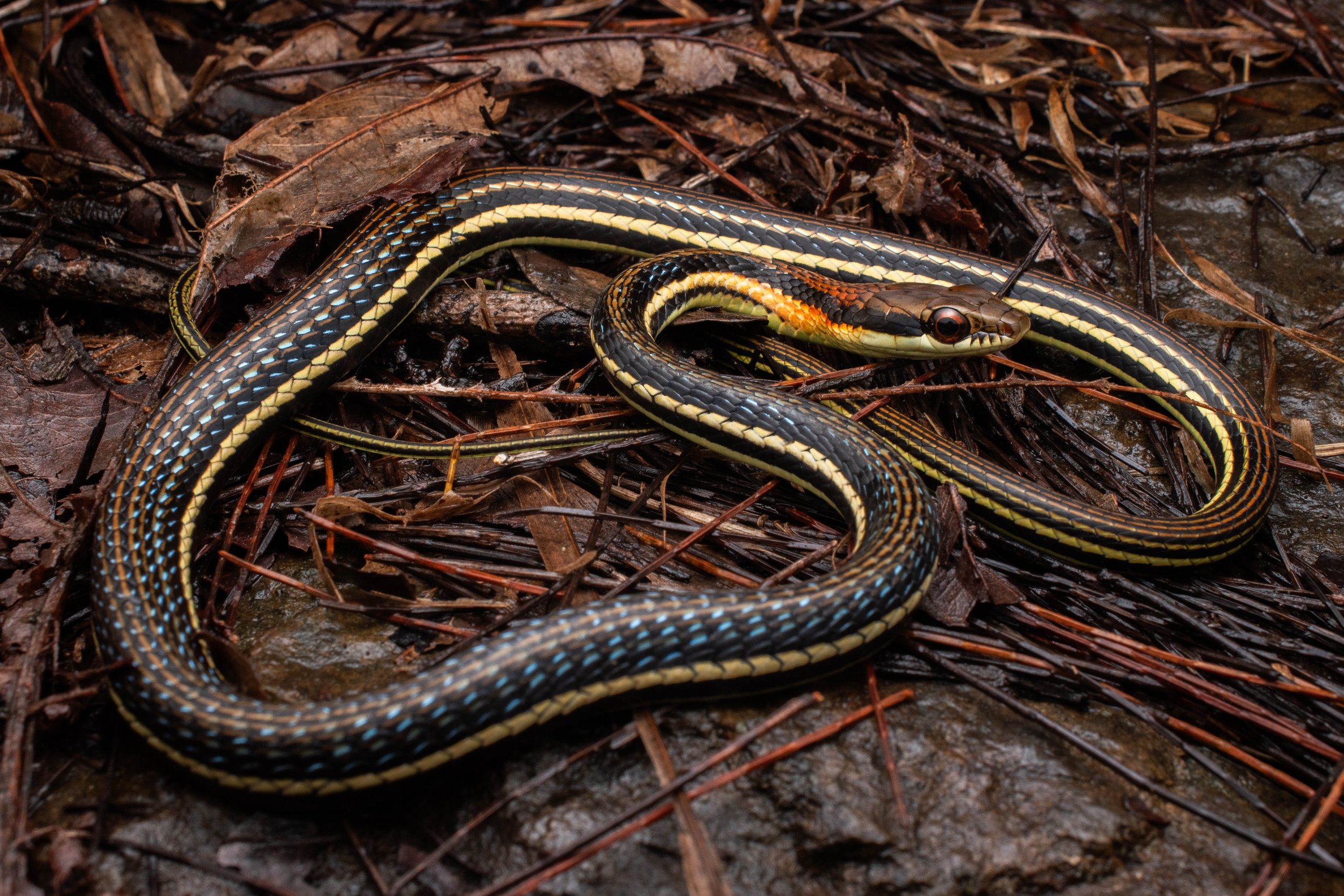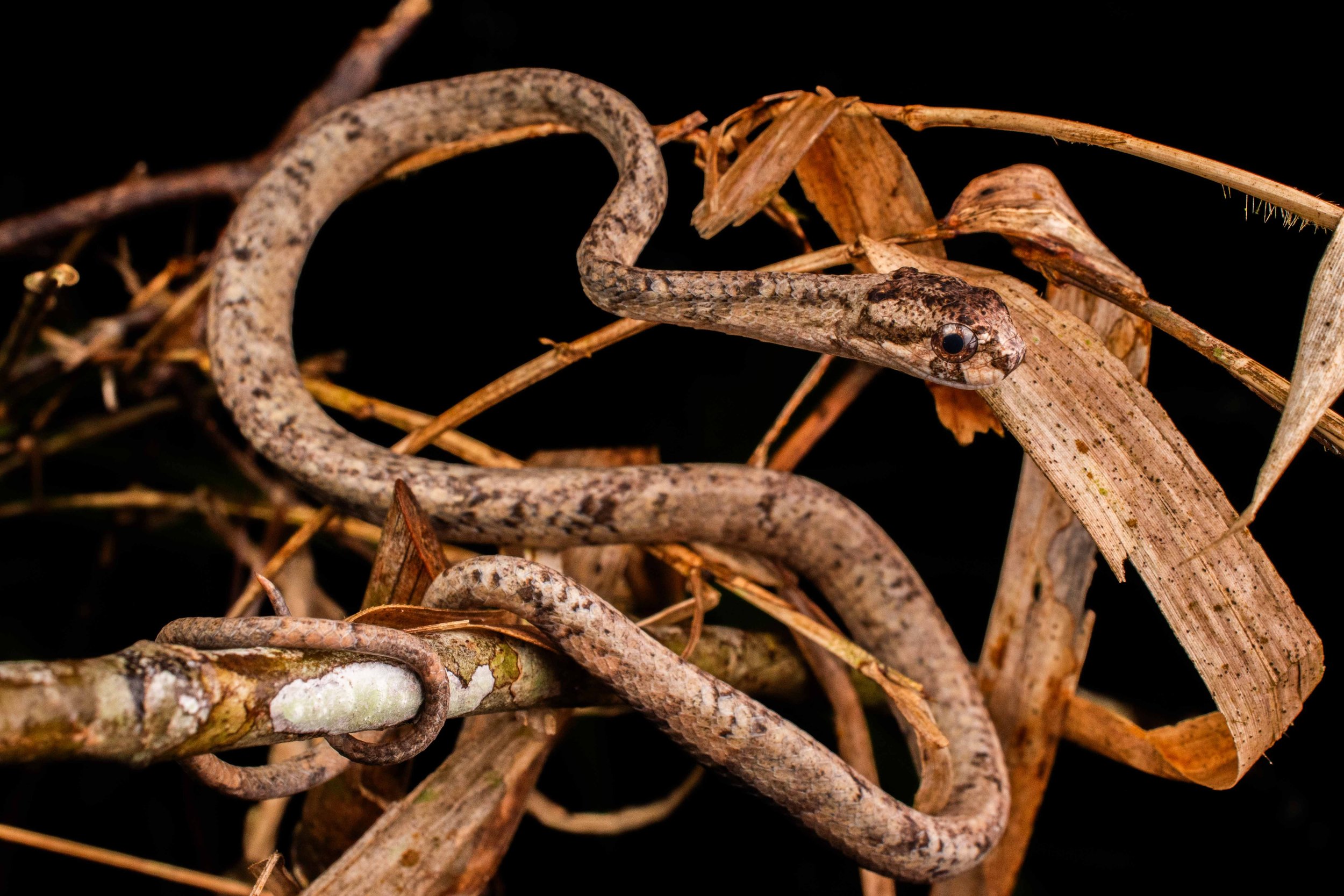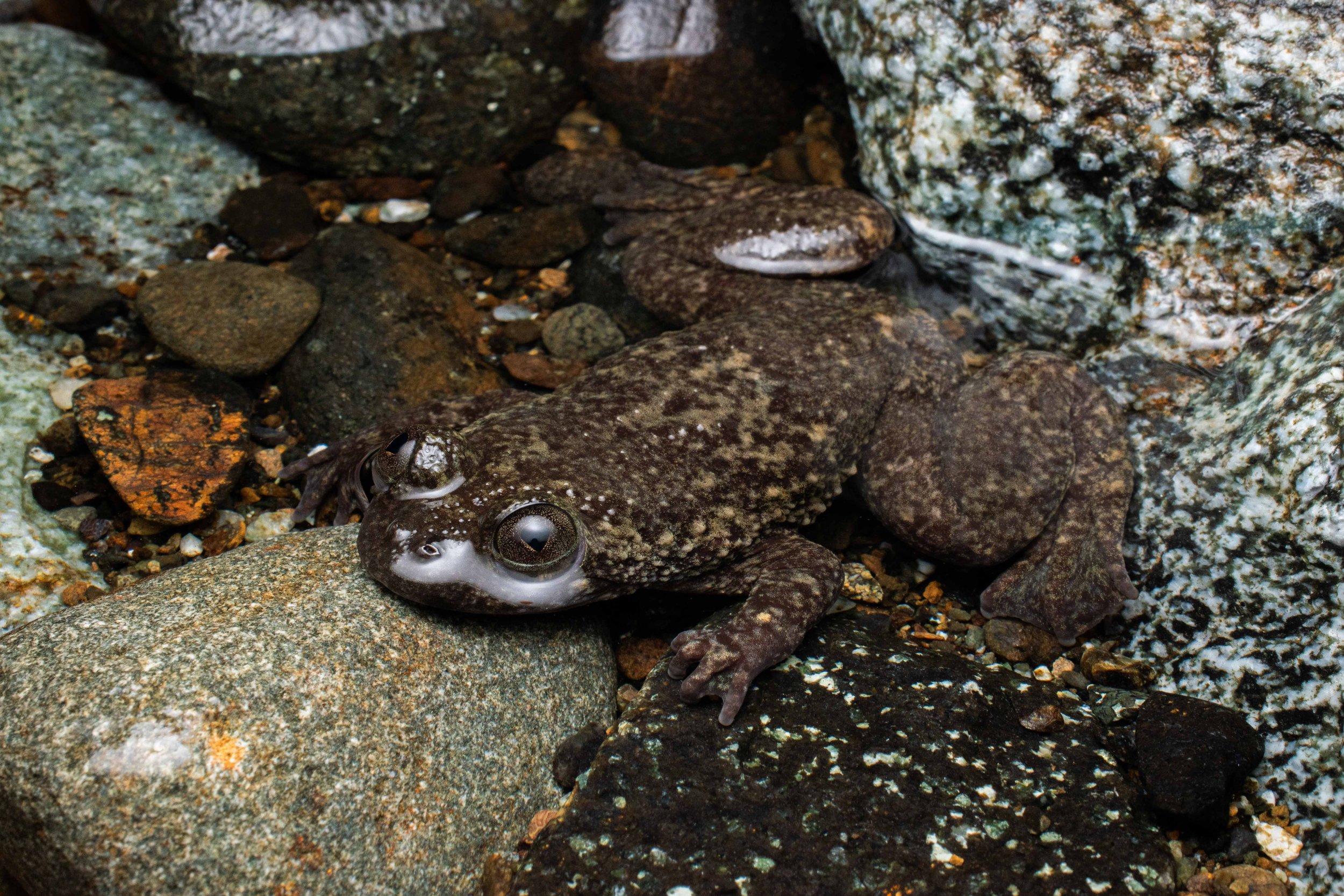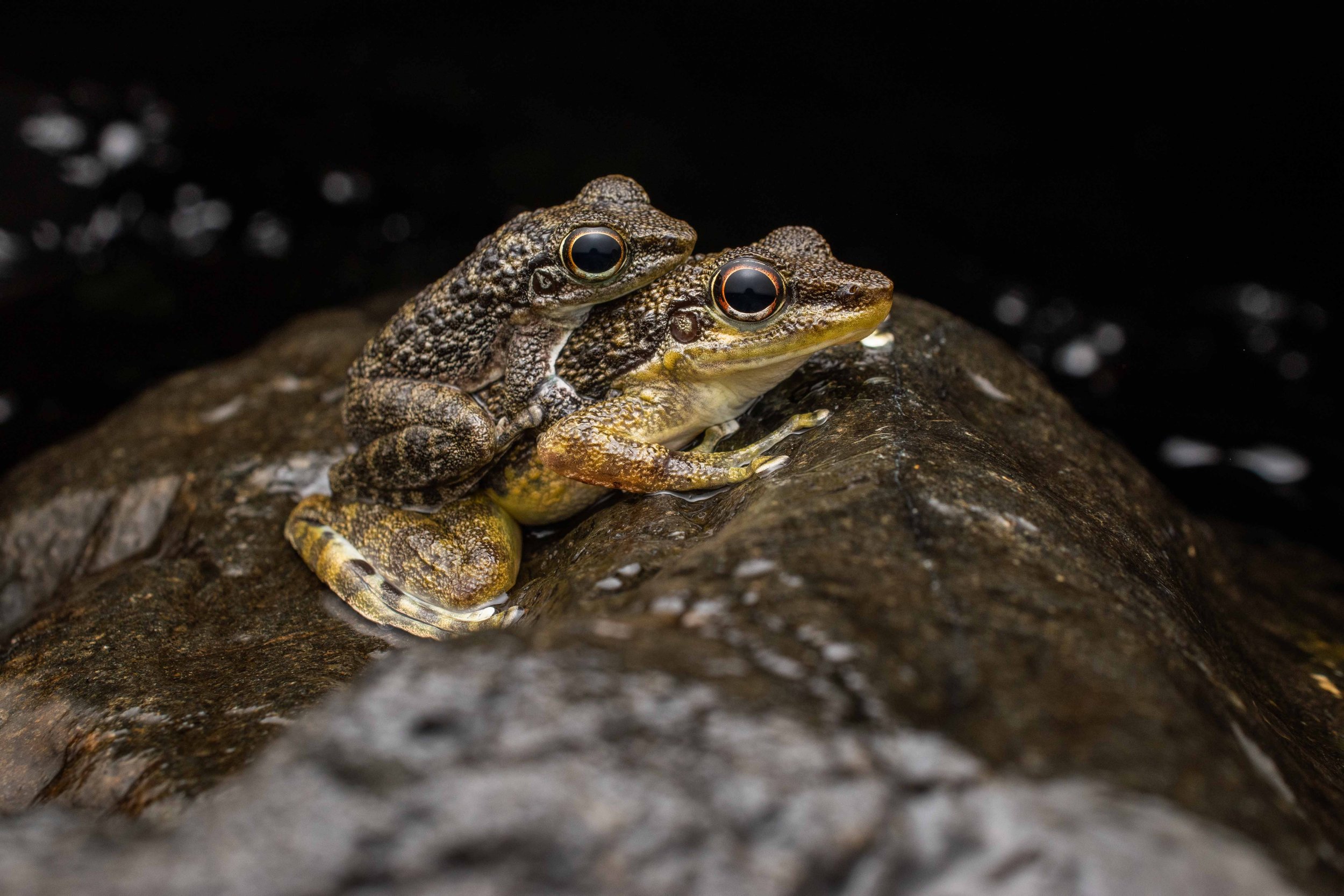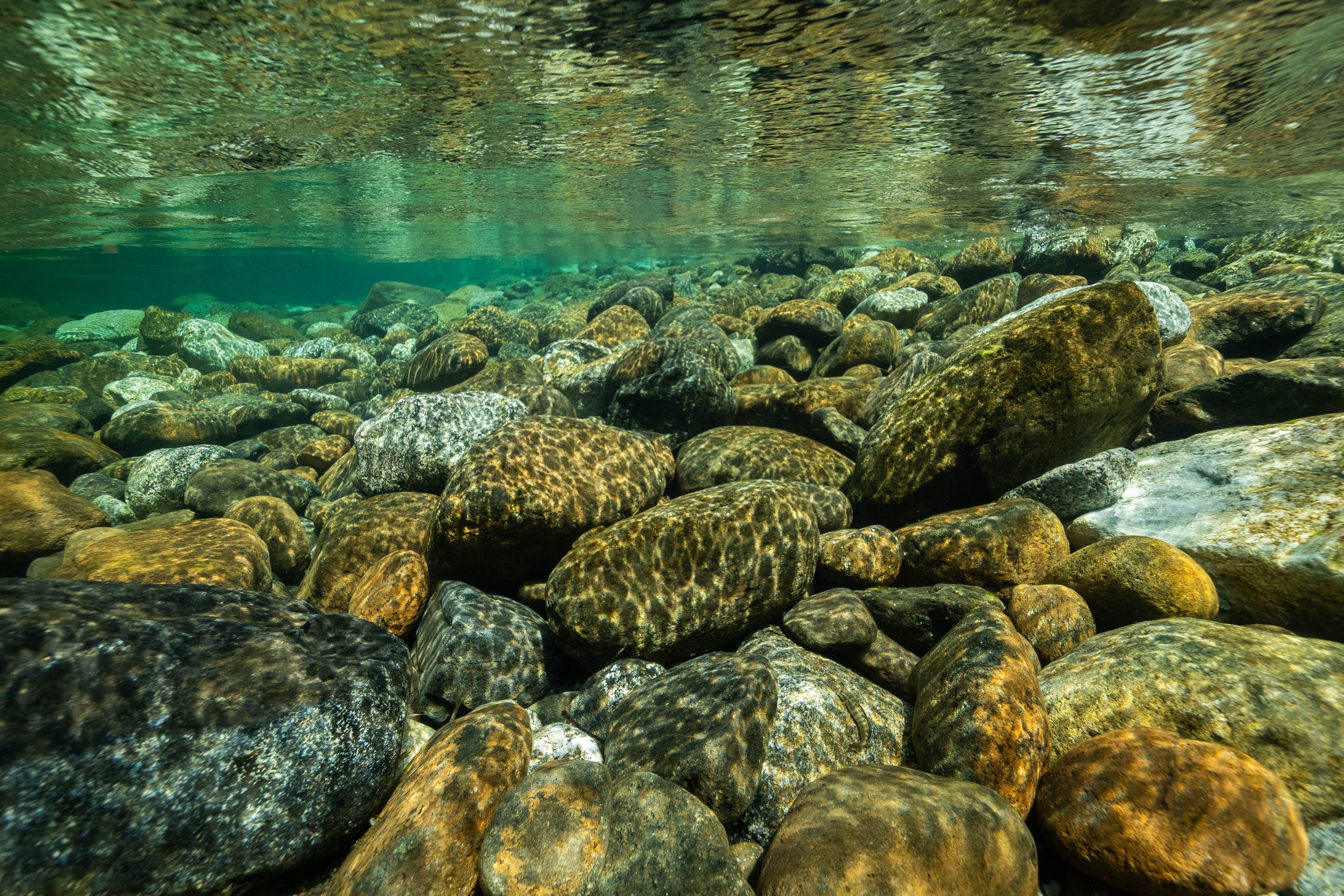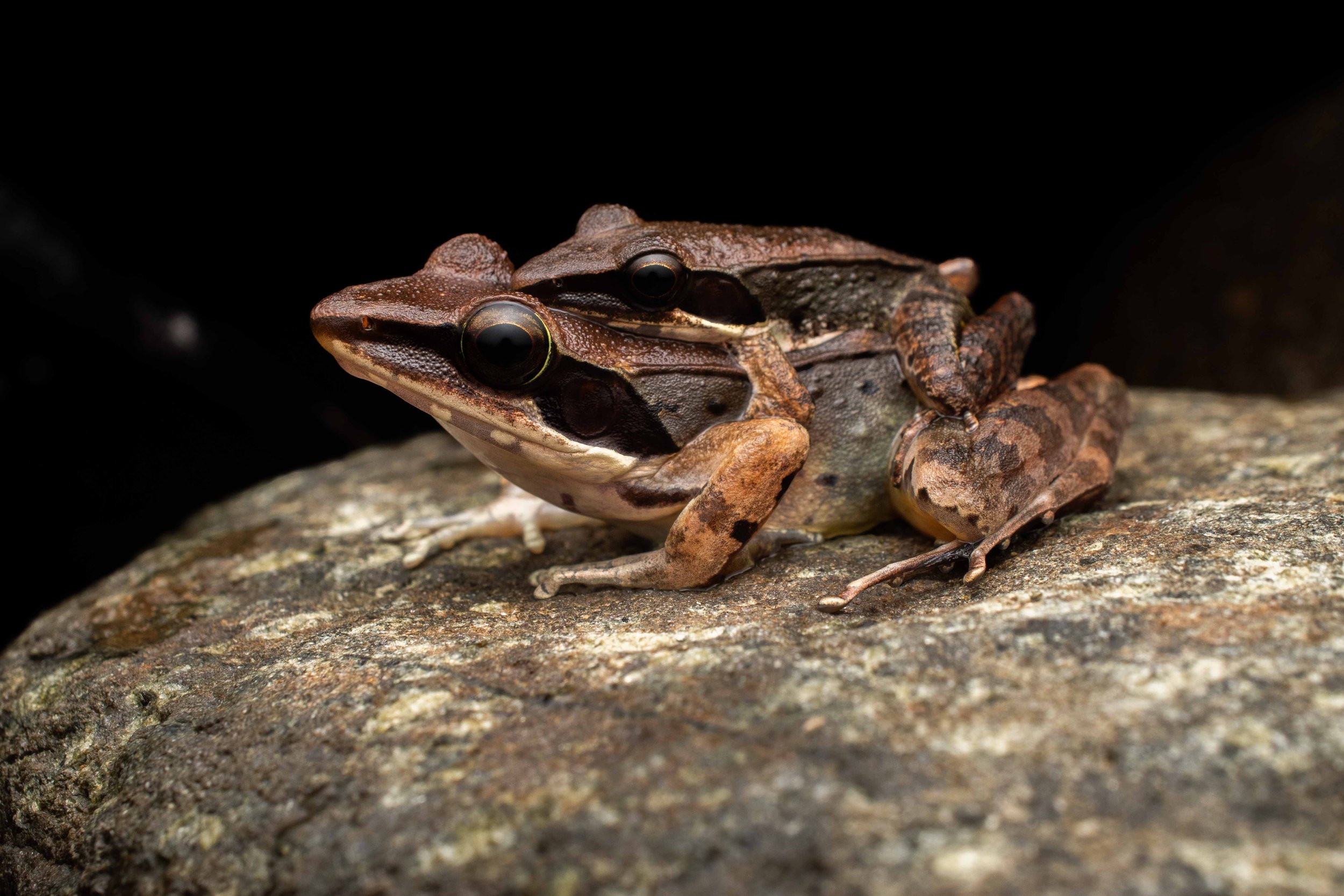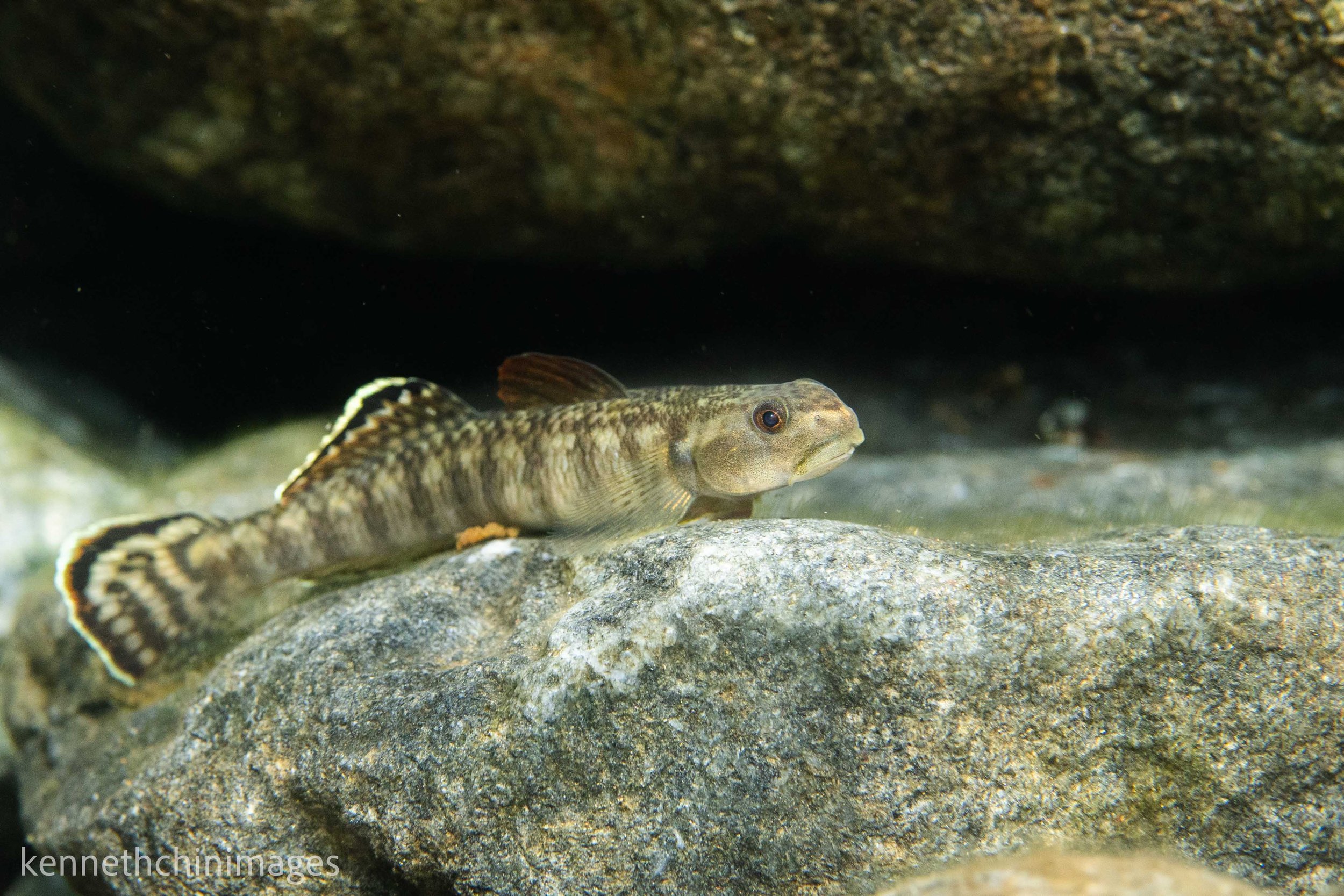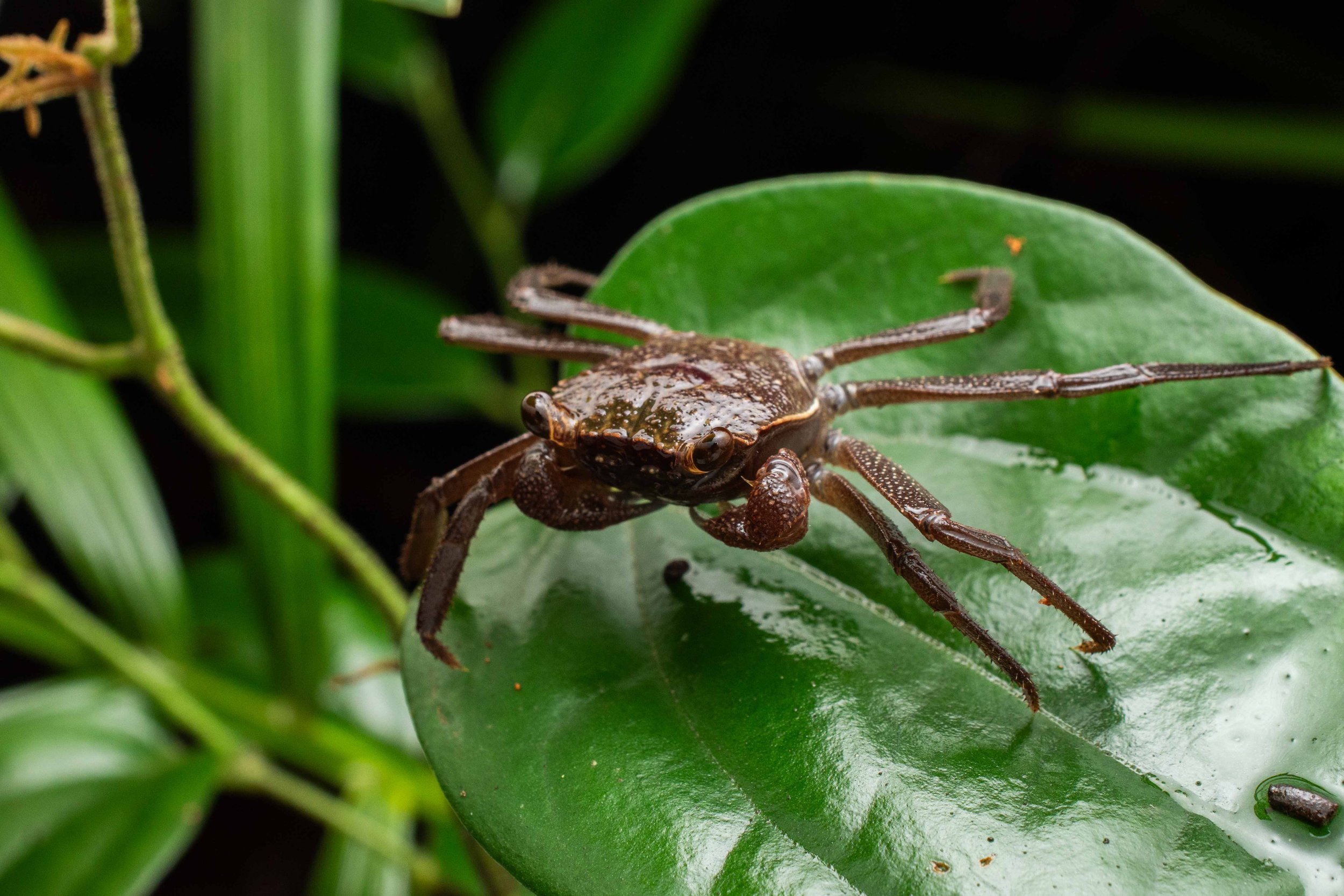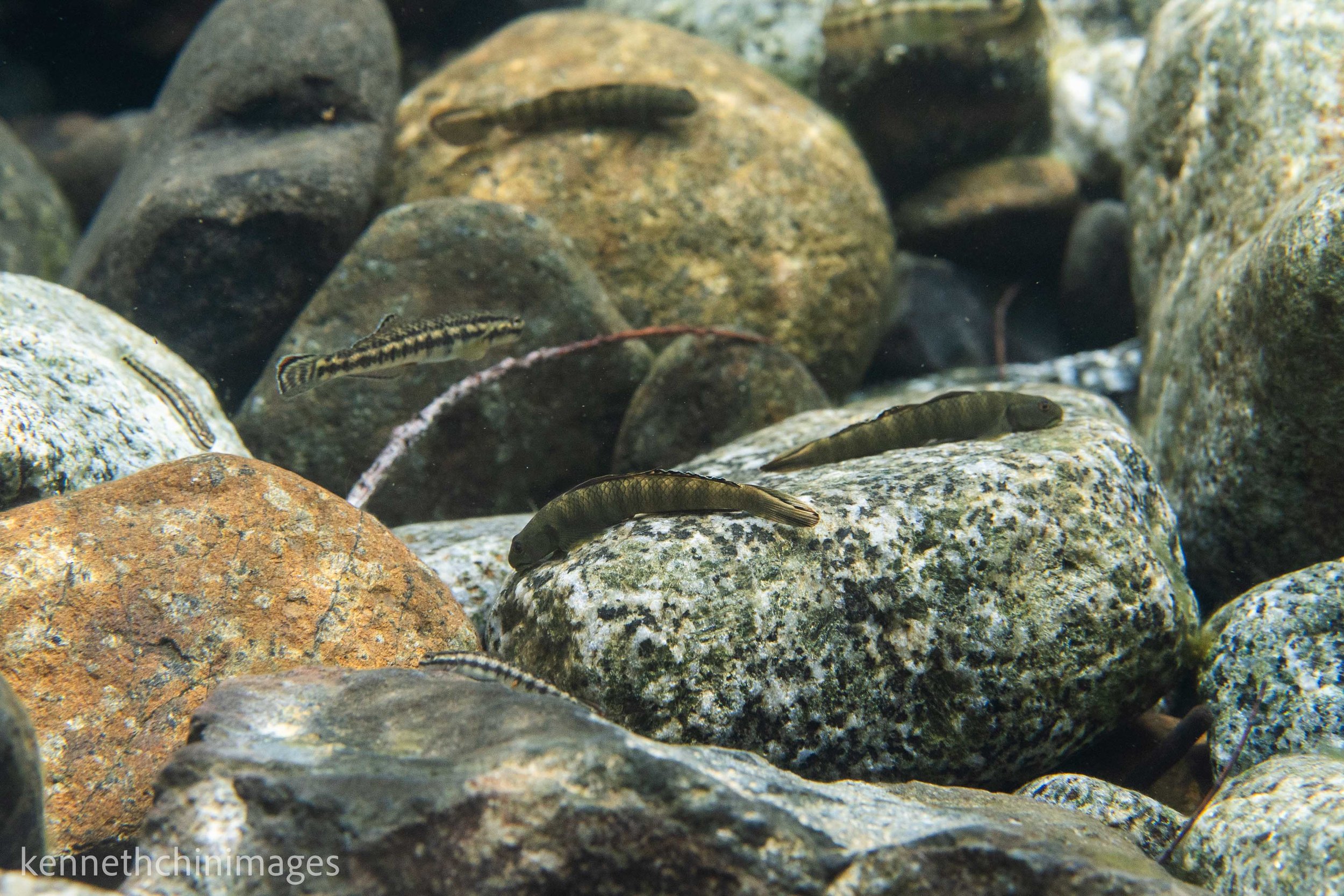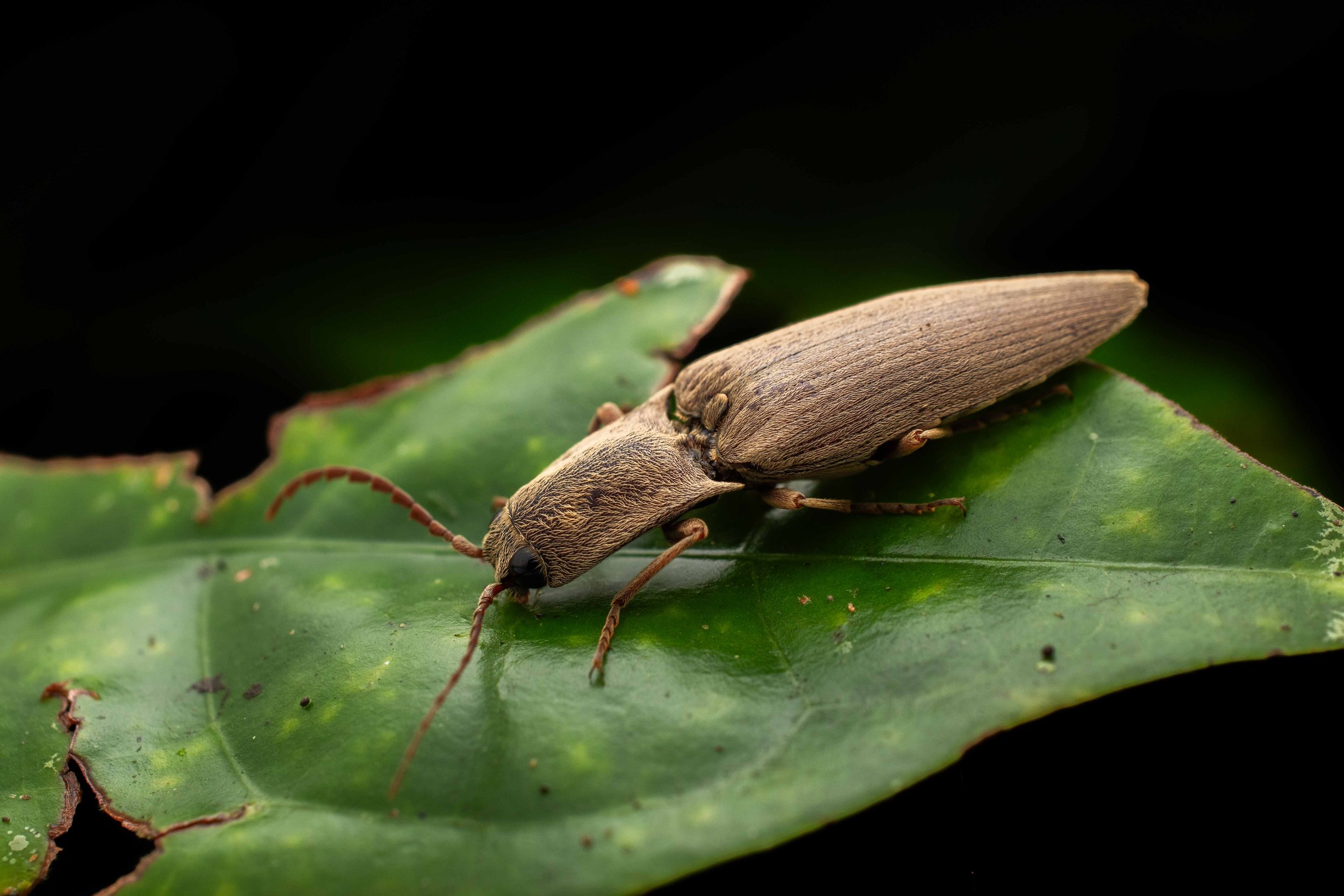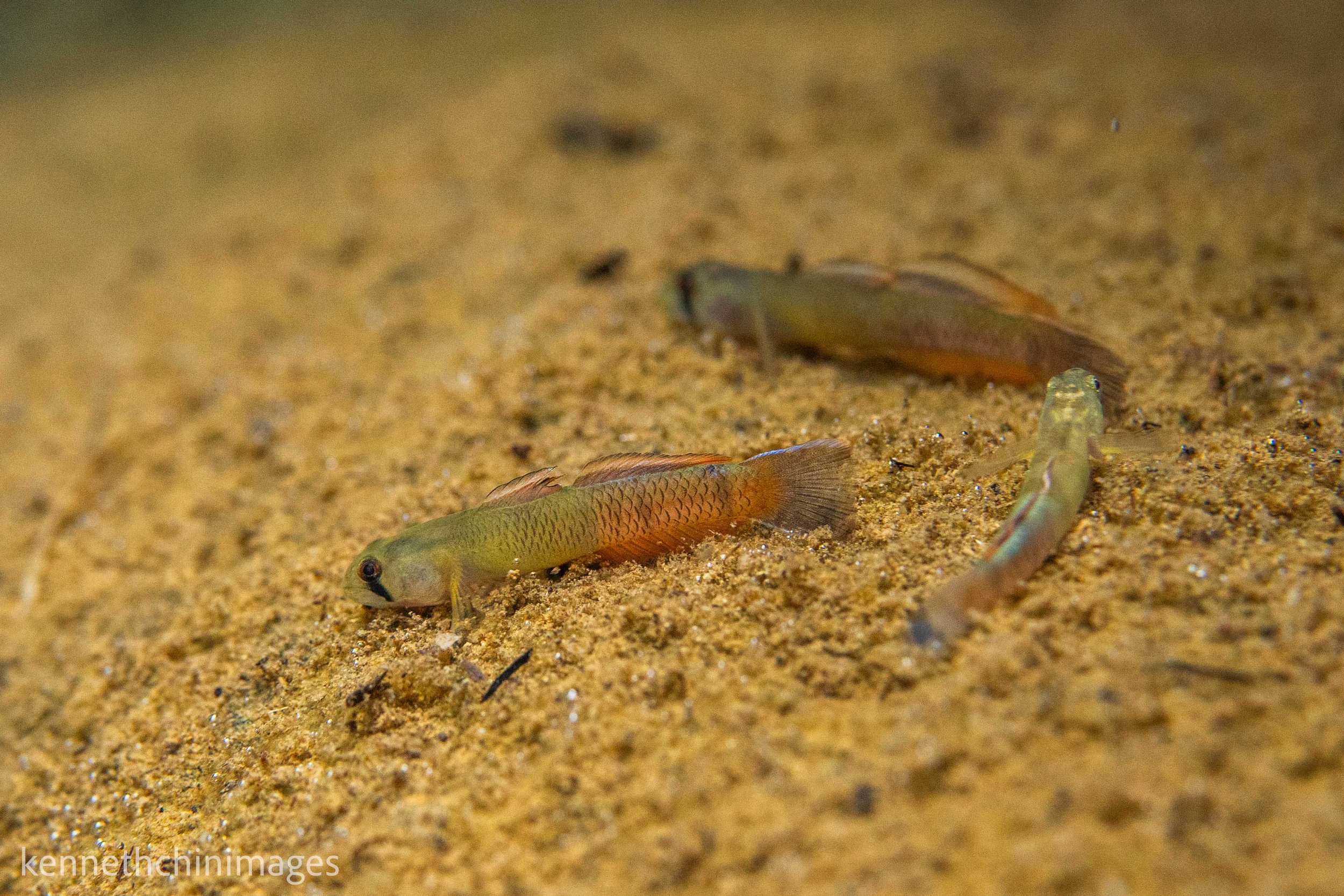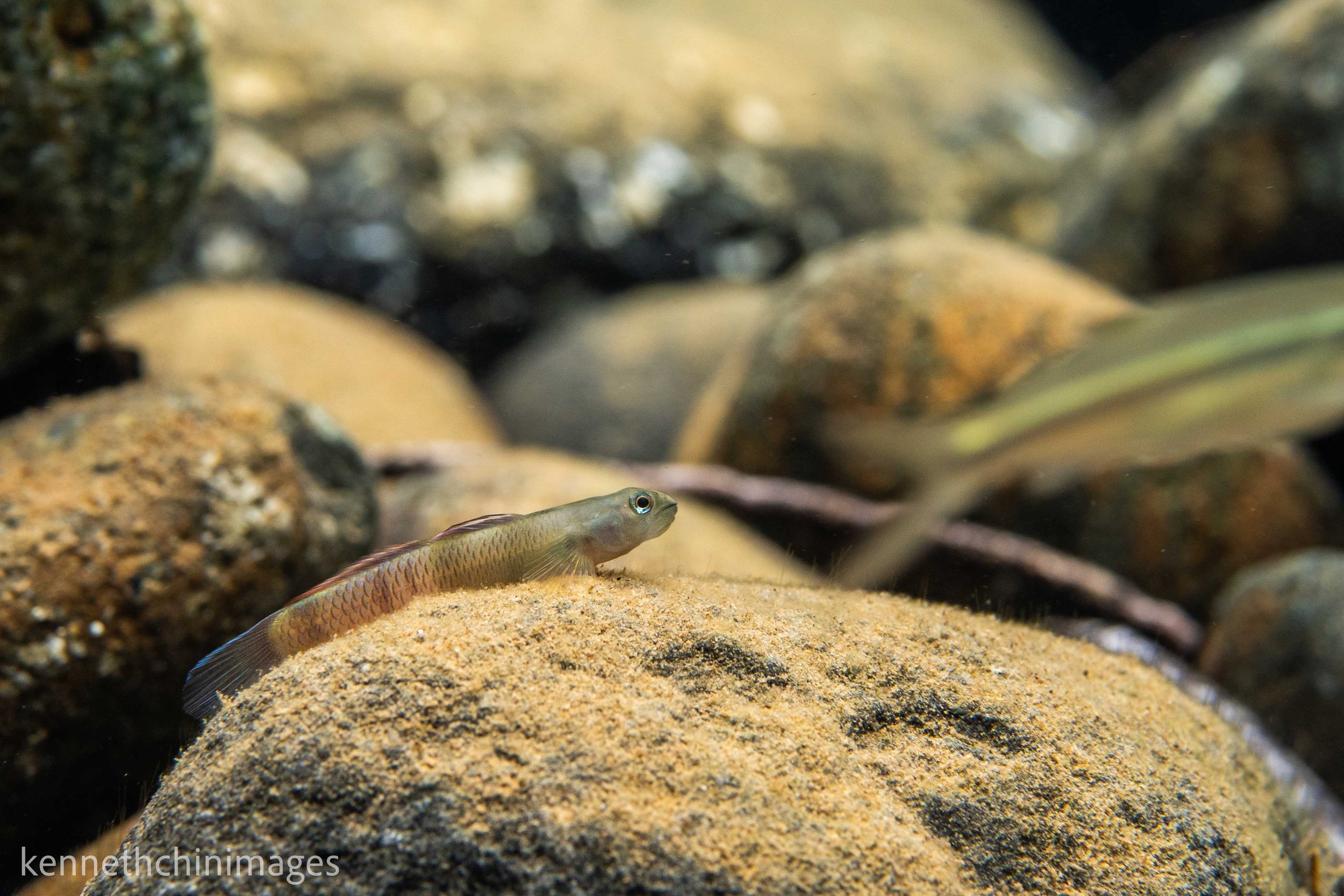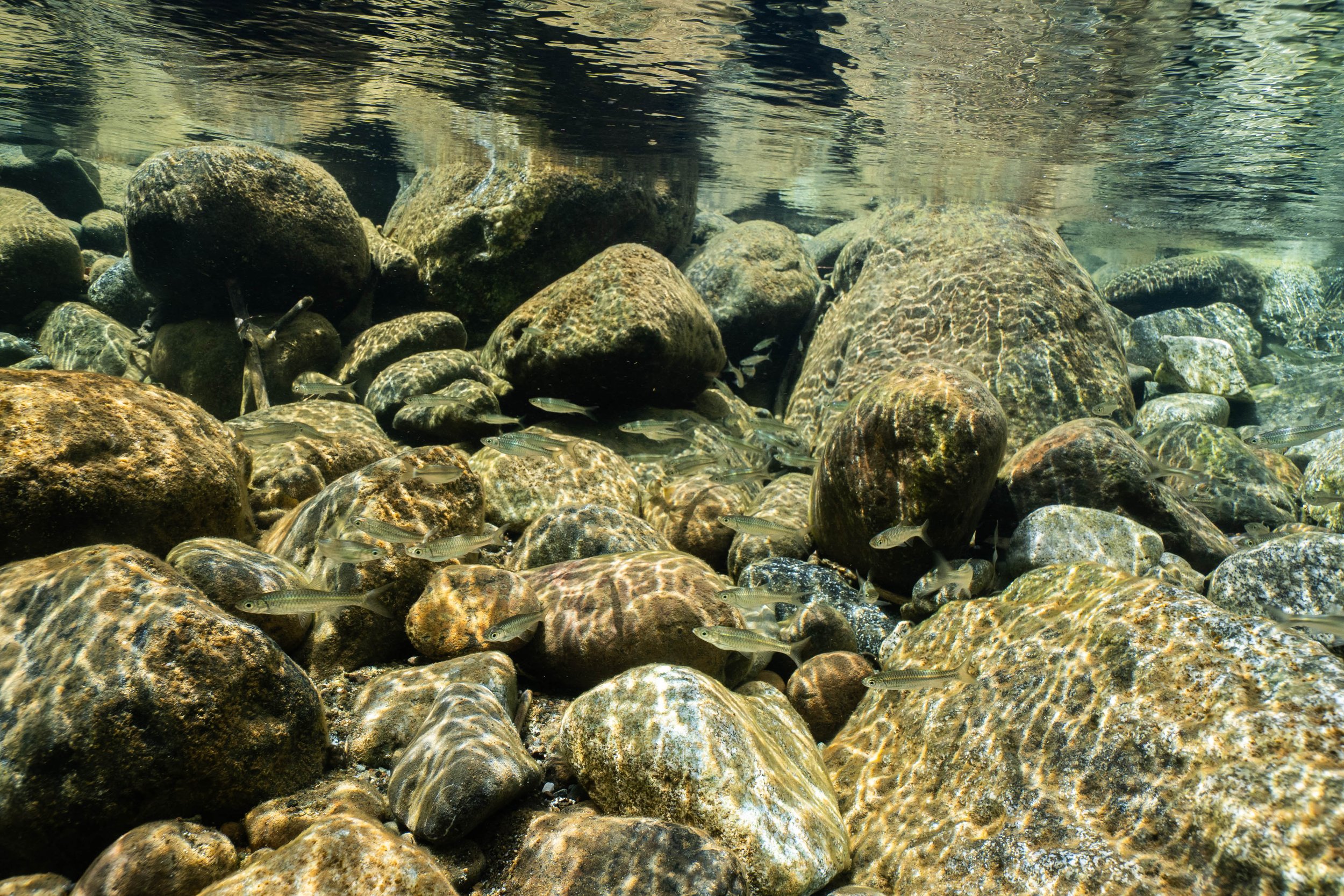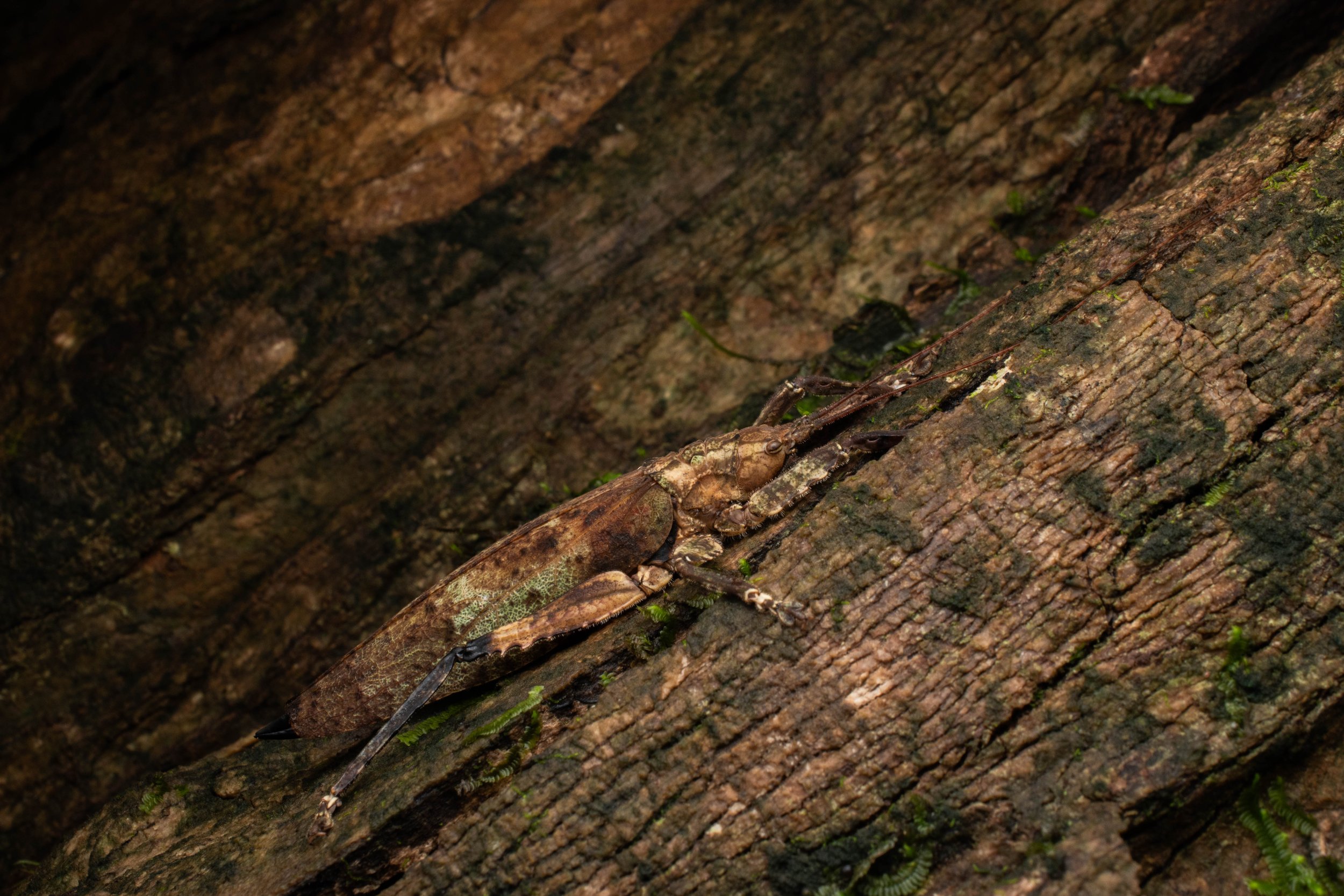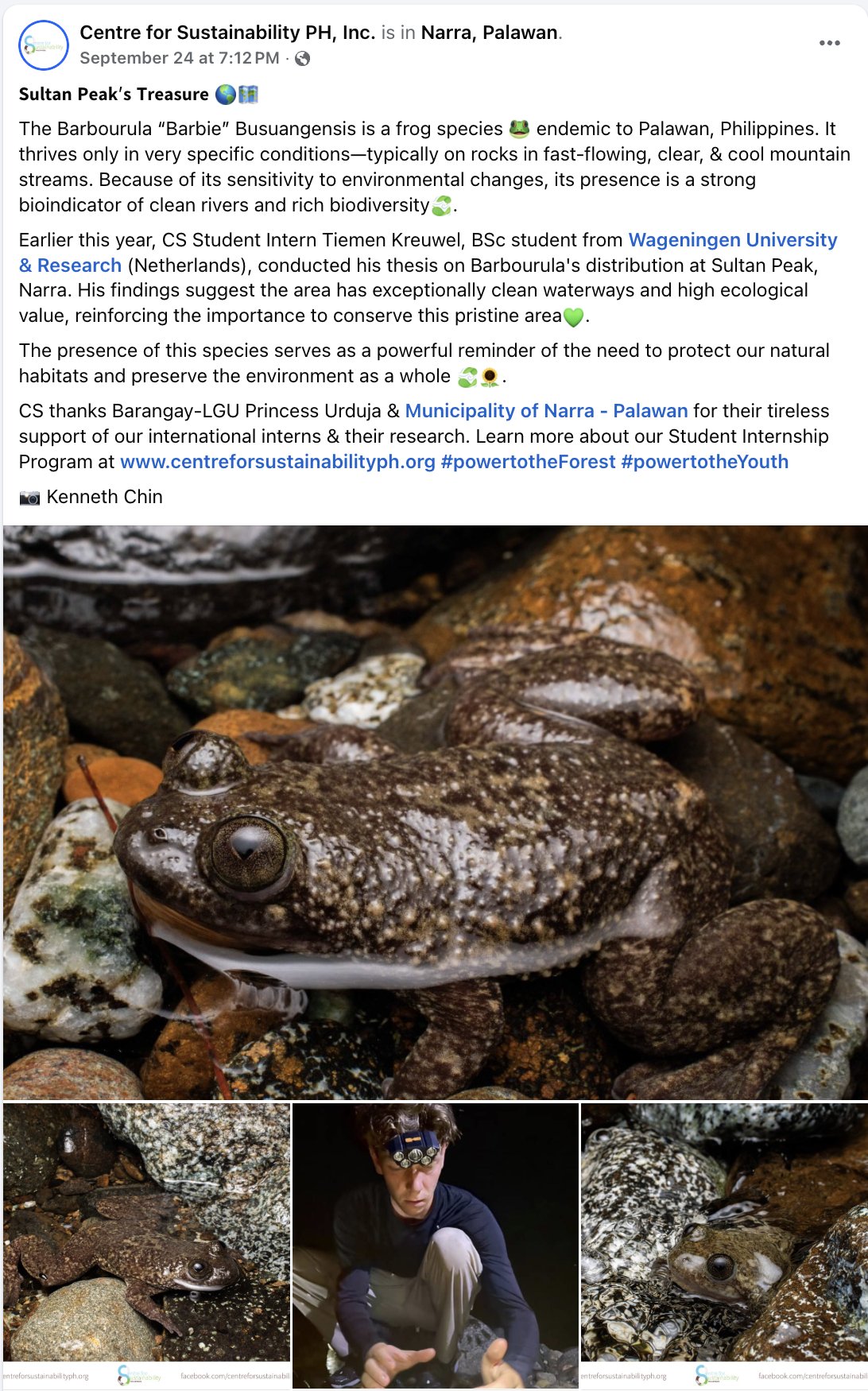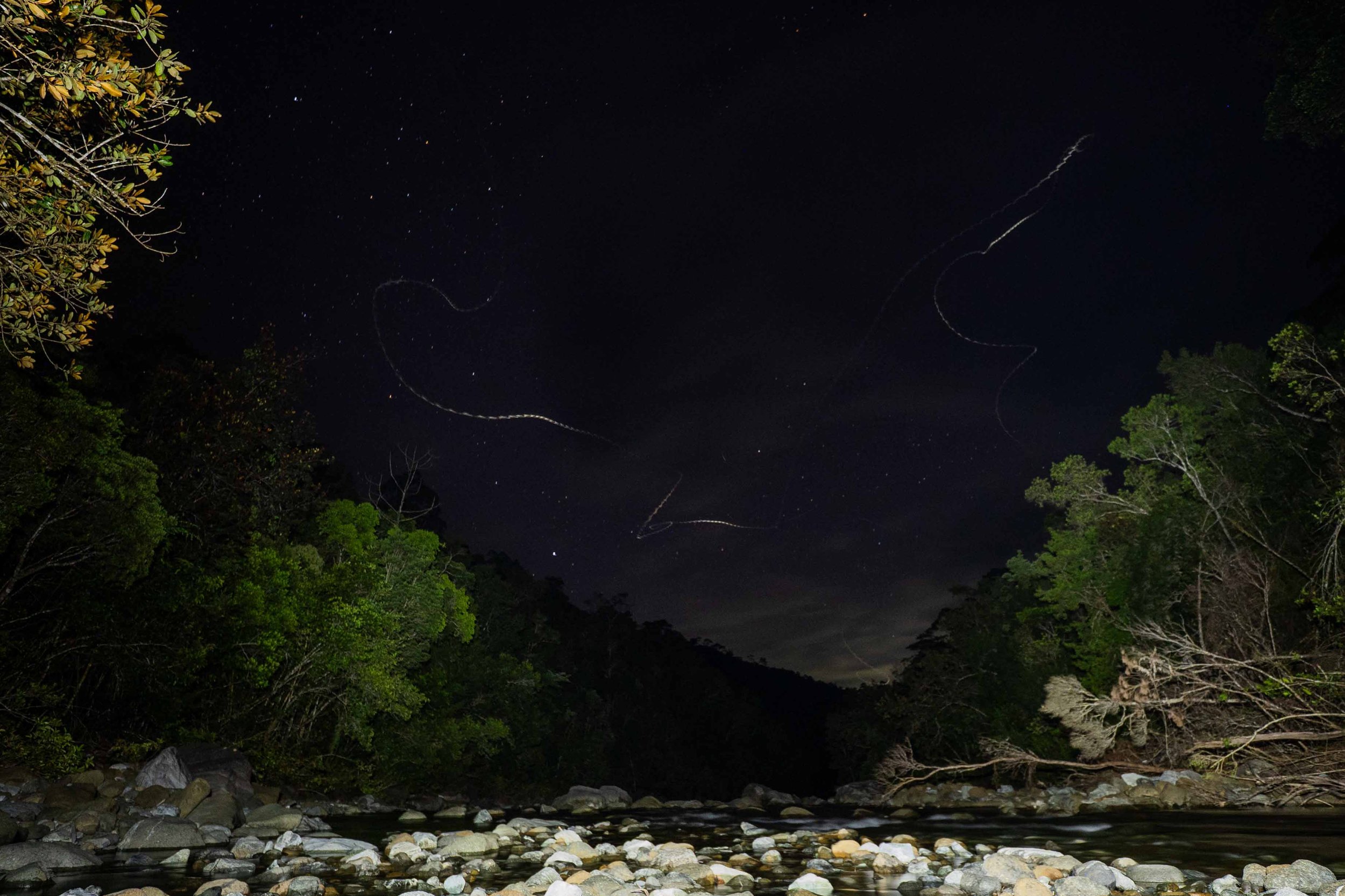
The photos are taken during our expedition with Centre for Sustainability PH, Inc. to assess the biodiversity of Sultan Peak mountain. They are doing great work to legally protect the last remaining forests in Palawan. #PowertotheForest
The mountain peak and forests of Kensad cover approximately 19,924 acres of the Victoria-Anepahan Mountain Range Key Biodiversity Area (VAMR KBA) in the southern part of Palawan, the Philippines. It is habitat to an array of endemic species, including globally-threatened species, and an important watershed for local communities. Kensad is also home to Atabay Lake, a sacred place for the indigenous peoples of the Tagbanua tribe.
The MAIN GOAL of this project is to CONSERVE & SECURE Kensad's Forests through its declaration as a protected area.
Bat Processing
During the expedition, I had the privilege of joining the mammal survey team led by Aubrey Padilla for their bat monitoring efforts. This photo set captures how the team collects data on bats in Knead Forest, part of the Victoria-Anepahan Mountain Range Key Biodiversity Area.
At dusk, mist nets are strategically set up along the forest edge to capture crepuscular insectivorous and fruit bats as they begin foraging. These nets are made of ultra-thin material that’s nearly invisible to echolocation, allowing them to effectively entangle bats mid-flight. While the first night yielded no captures, the second night proved successful. The net is left overnight and checked in the early morning.
Captured bats are handled with care: various measurements, including weight, are taken before the bats are given a sugary liquid solution to boost their energy. They are then safely released back into the wild.
In addition to mist netting, the team employed other survey methods such as trail camera installation and arboreal trapping for mammals like binturongs and primates, as well as baited rat traps to study shrews and other terrestrial rodents. These approaches provided a broader picture of mammalian activity across vertical forest strata.
I thoroughly enjoyed documenting this process and sharing my friend’s important work from the field. As someone deeply interested in bat ecology and biodiversity, this experience was a rare and meaningful opportunity to engage directly with a passionate research team and contribute to field-based conservation storytelling.
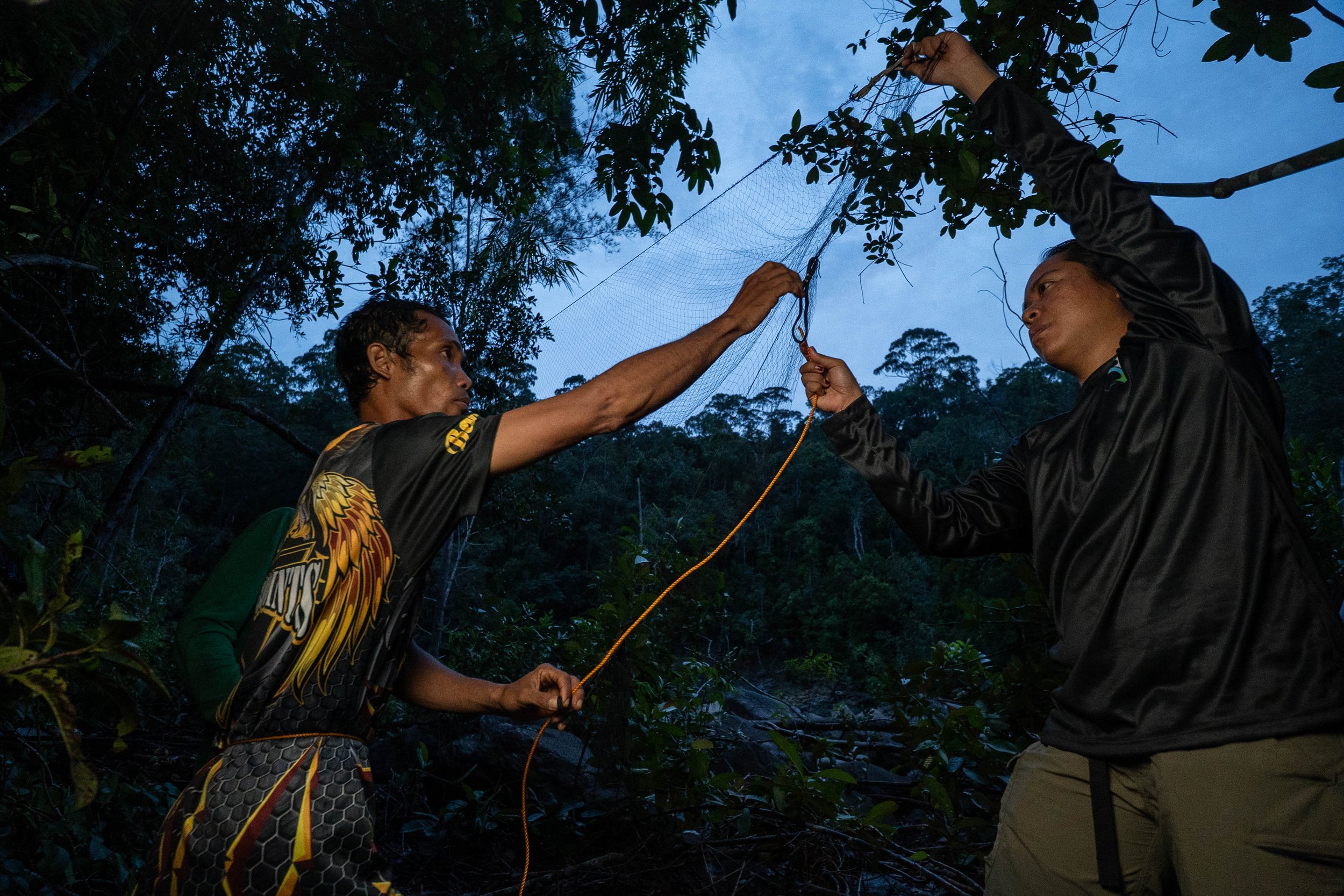
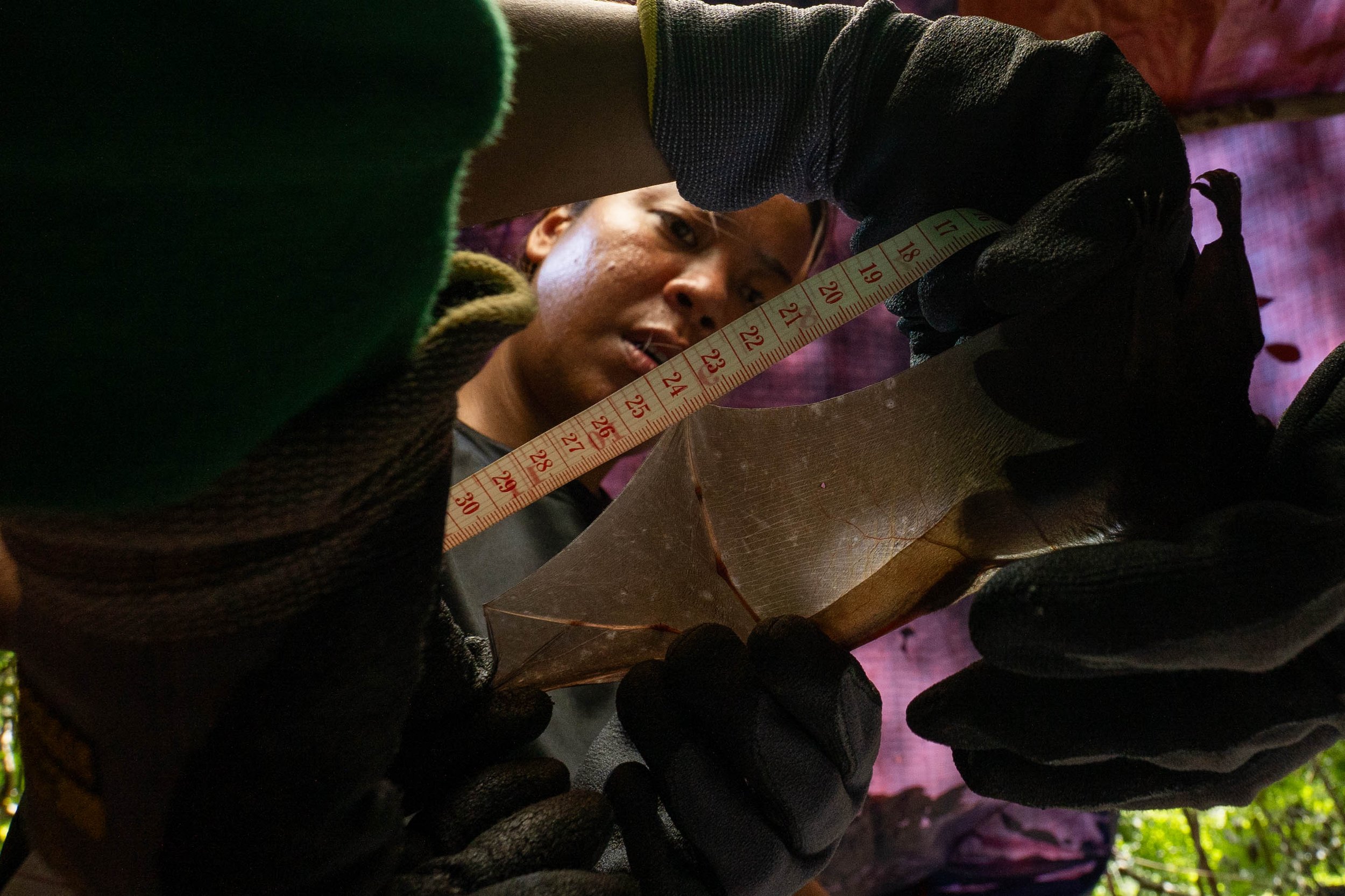
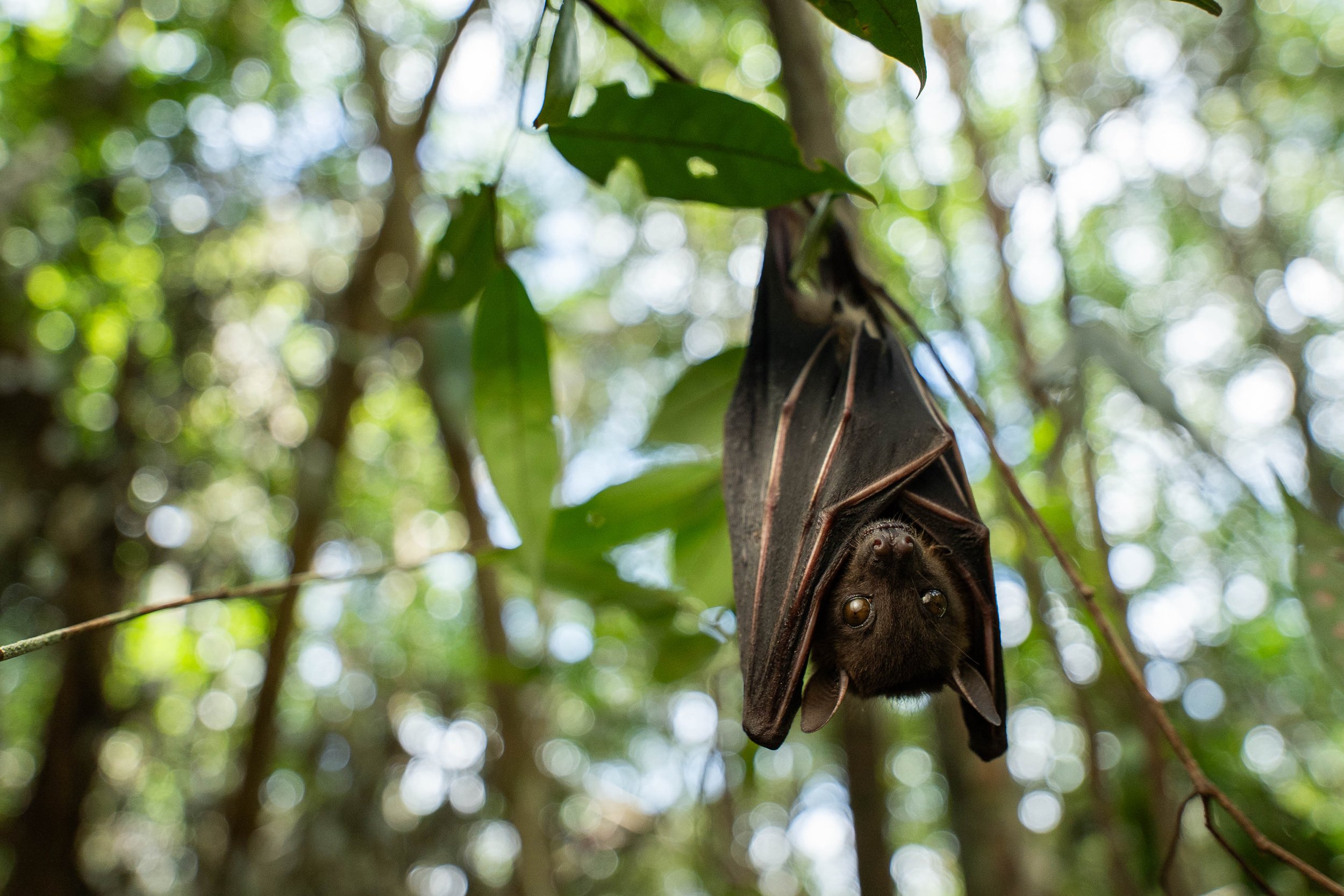
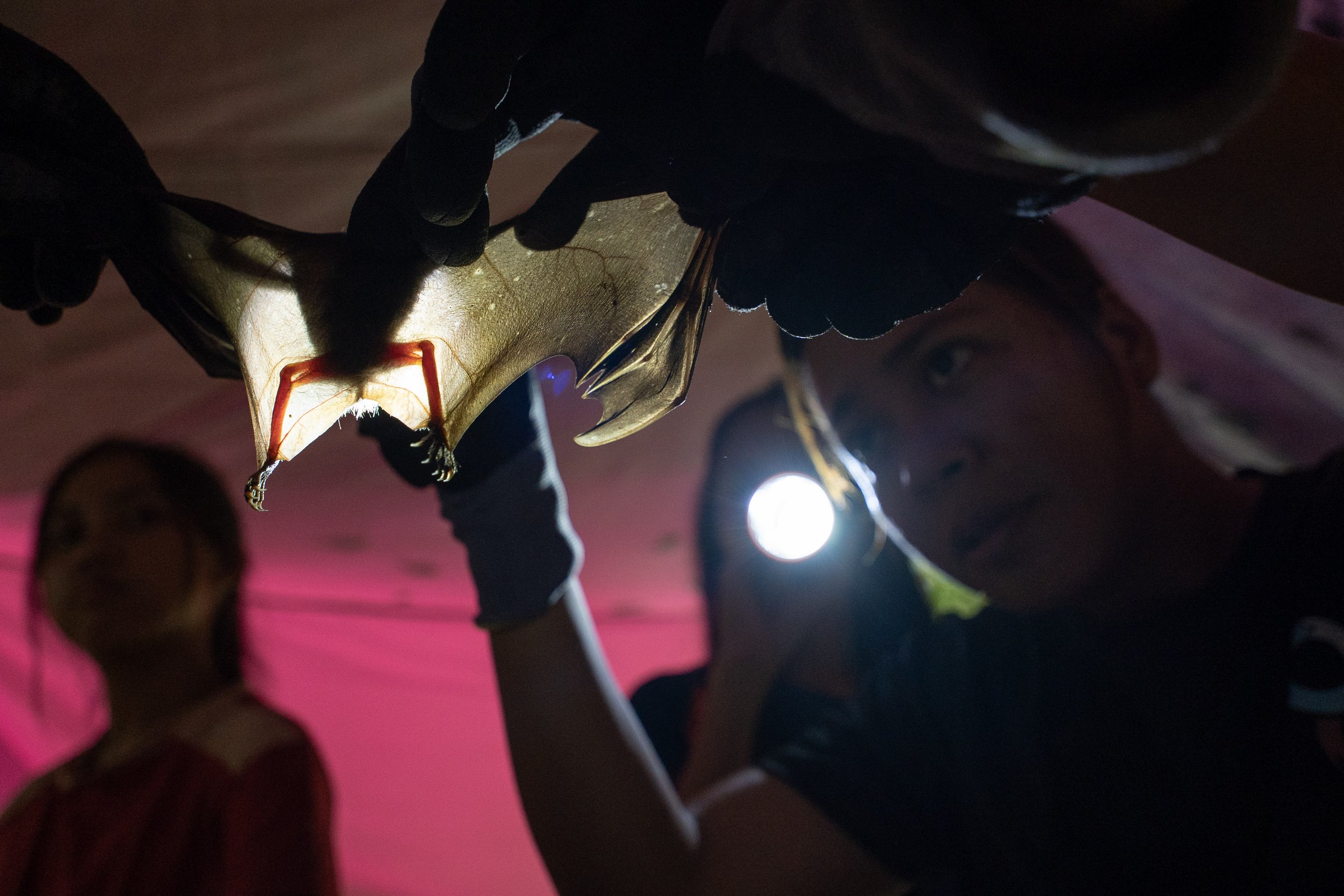
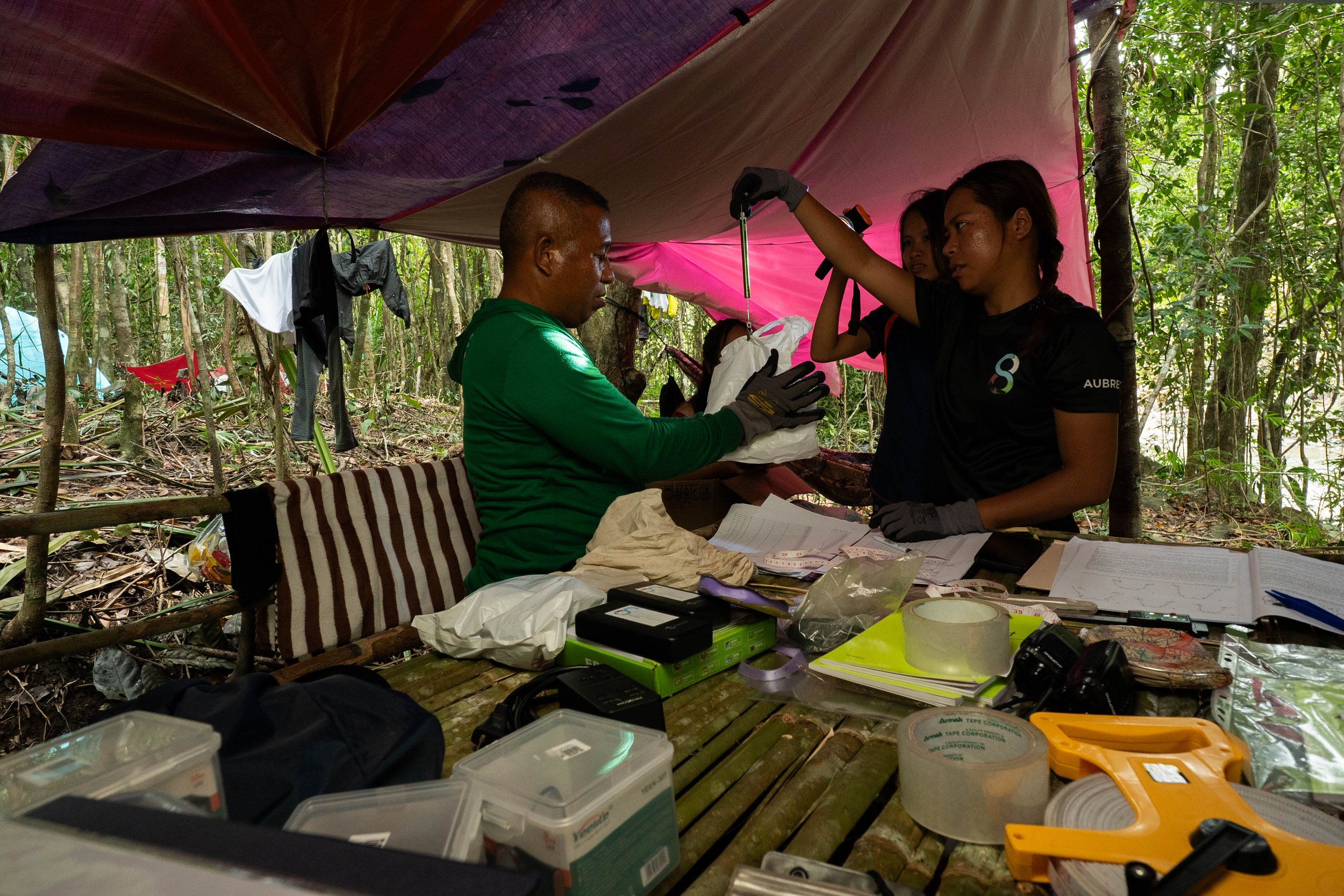
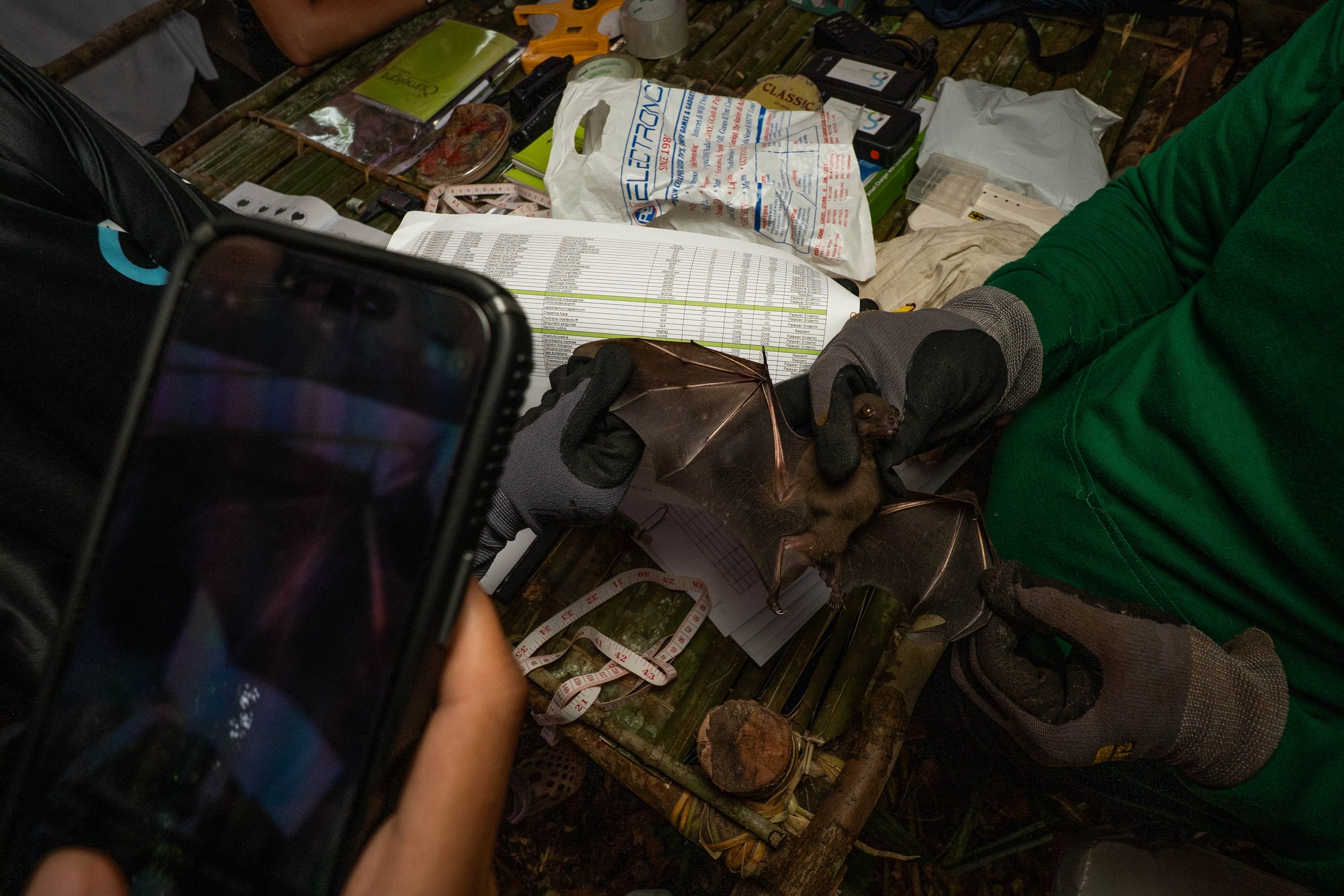
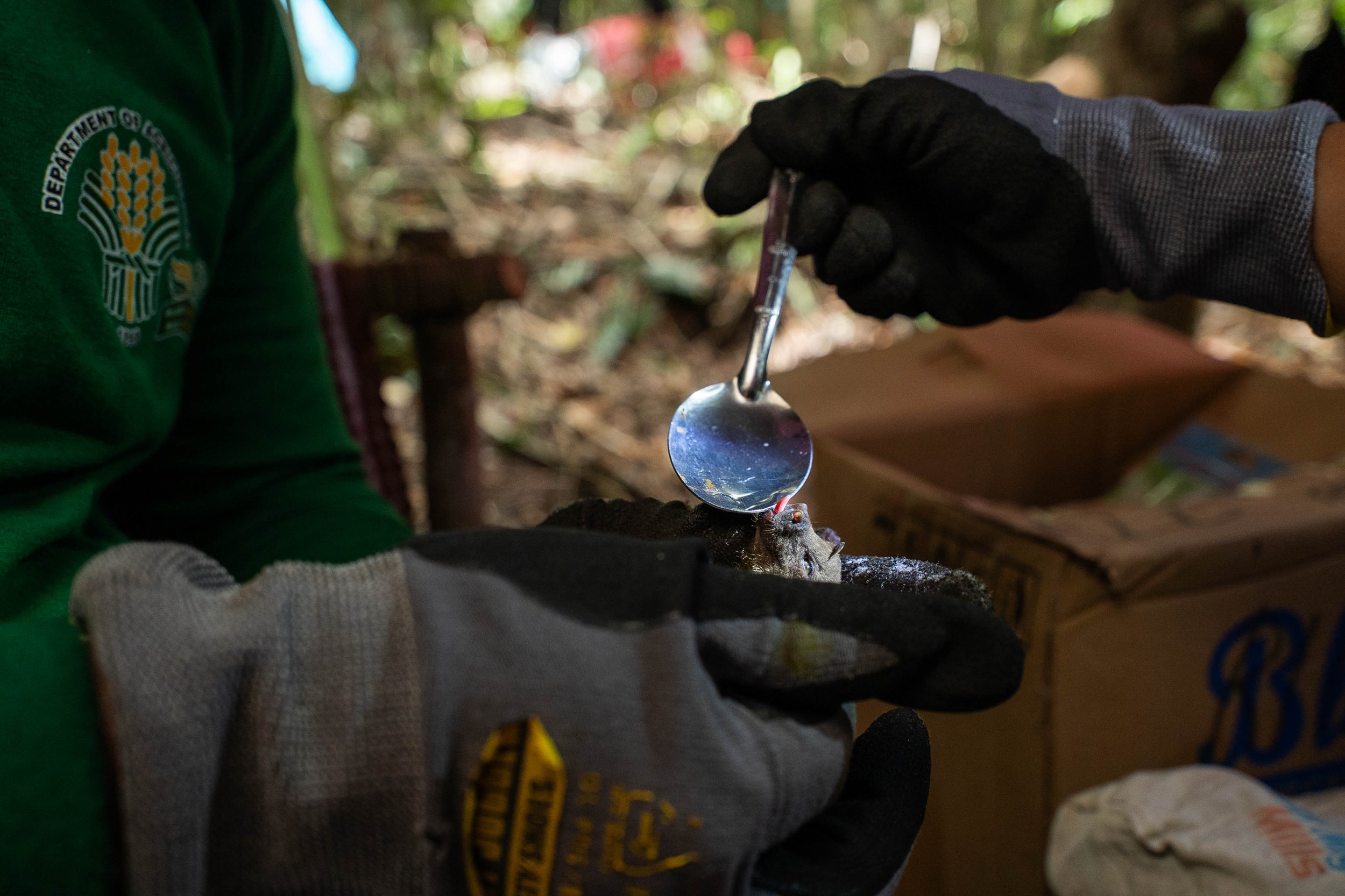
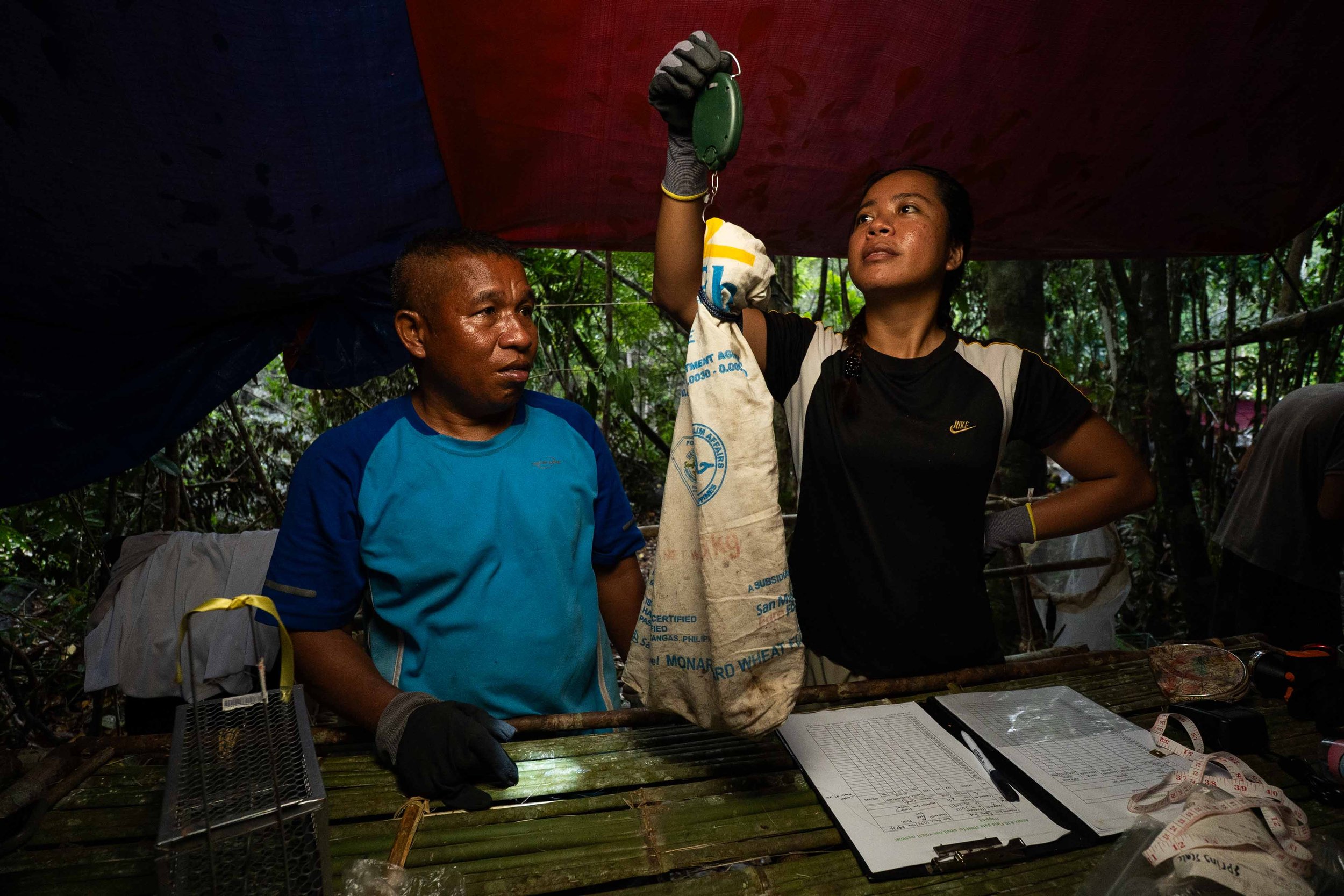
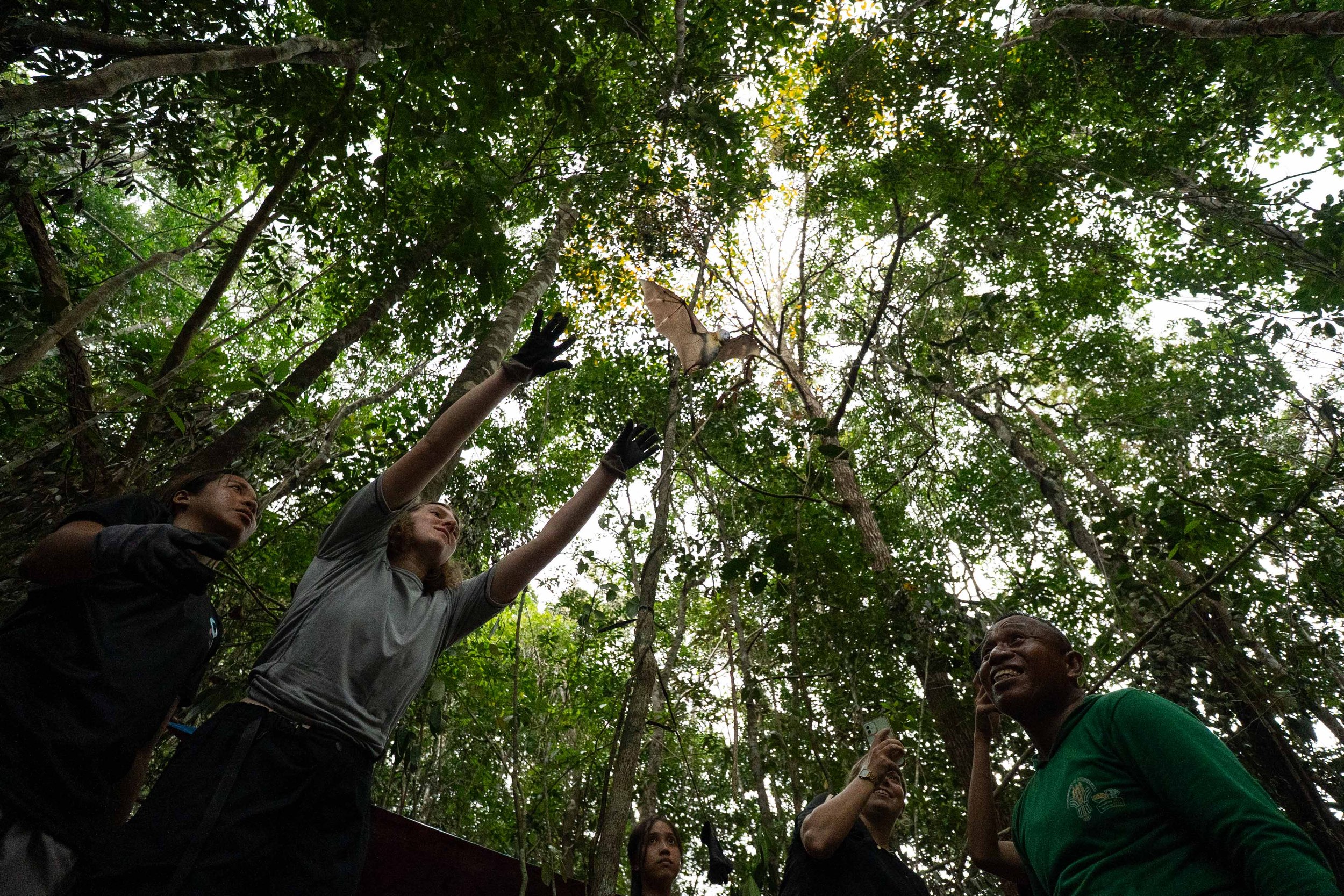
An 11-Day Rapid Biodiversity Assessment (Dry Season) at Sultan Peak, covering research of mammals, birds, herpetofauna, arthropods, freshwater fish, & last but definitely not least flora!
